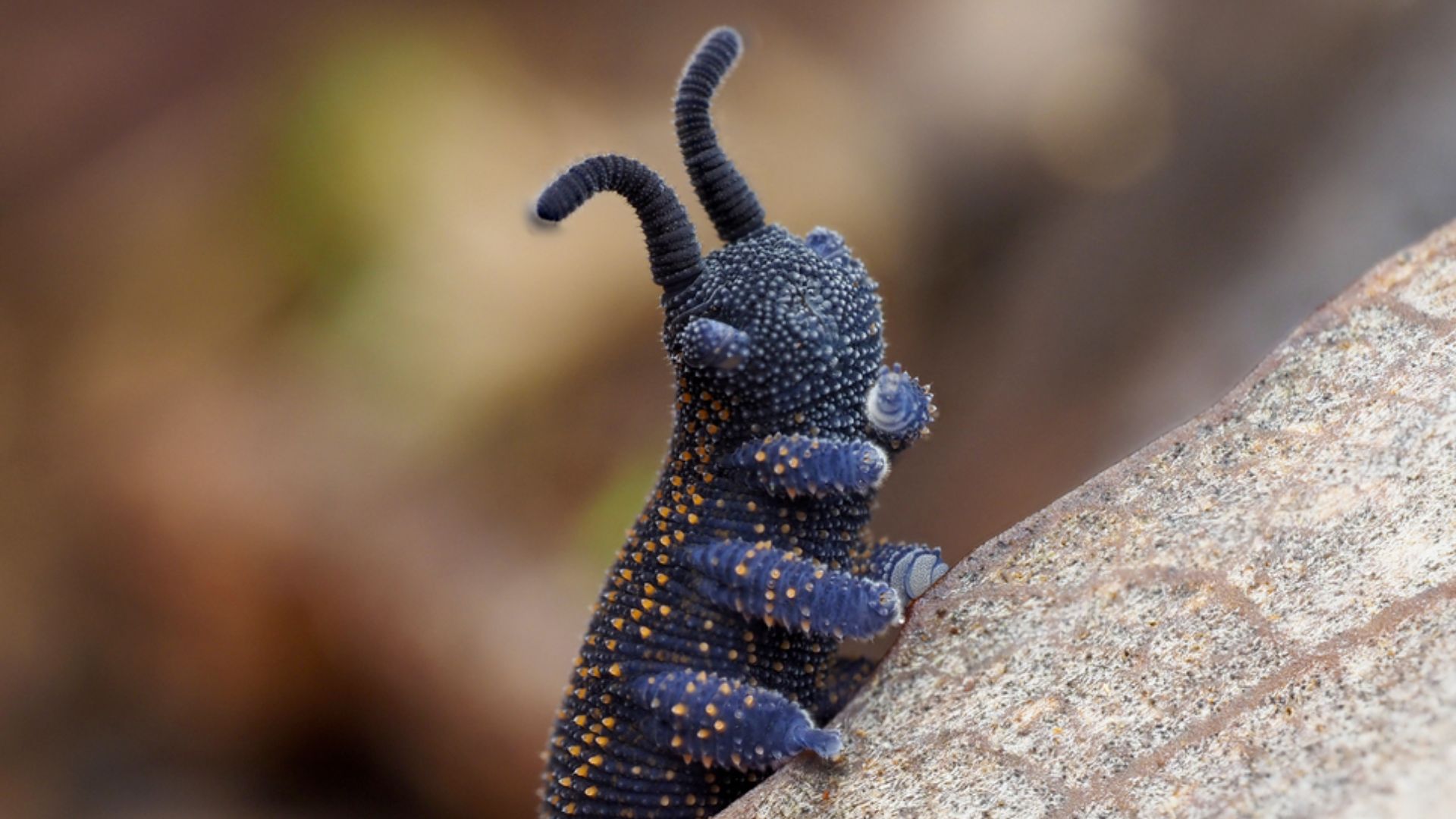Peripatus, or “velvet worms”, are creatures reminiscent of the formidable sandworms from Frank Herbert’s science fiction novel-turned-film, Dune. These ancient and alien-like creatures are enthralling. Here are some reasons why. Ngaokeoke (peripatus), sometimes called velvet worms are stumpy-legged invertebrates that look like caterpillars and live on the forest floor. Unlike leaf-munching caterpillars however, ngaokeoke are sharp-shooting … Continue reading Exploring the ancient and alien-like peripatus, “velvet worm”
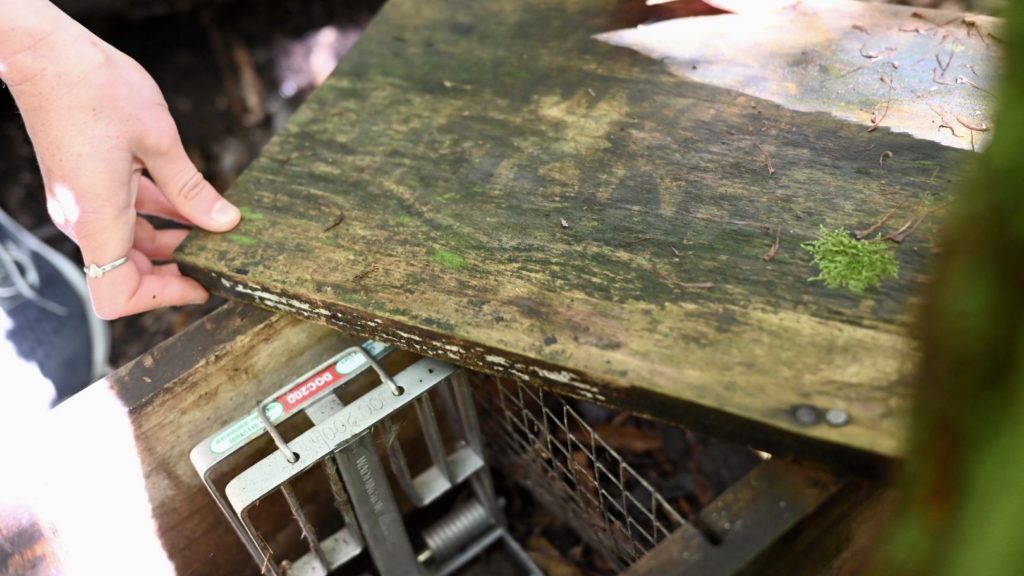
How did an oil painter, bird-lover, and rock drummer come to invent one of the most well-known and widely used humane kill traps in Aotearoa New Zealand? This piece pulls material from an original story based on a 2018 interview with Phil Waddington. It’s a story that goes back a lifetime… Art and conservation are … Continue reading Who invented DOC traps?
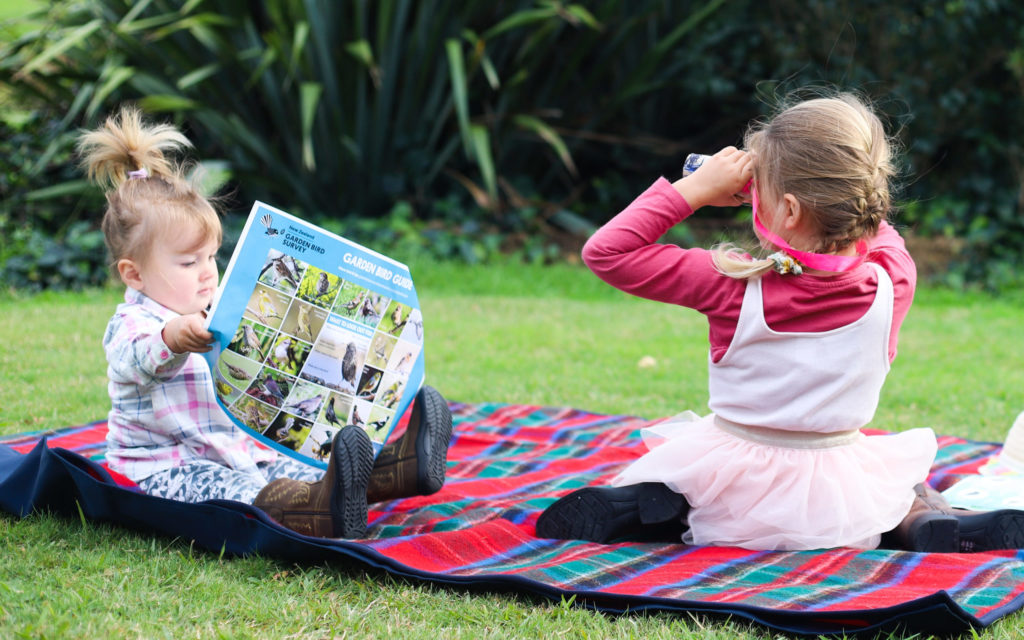
The New Zealand Garden Bird Survey is a 9-day nationwide mid-winter event held every year since 2007. Citizen scientists across the country select a day and record in a garden, park, or school the maximum number of birds per species they see or hear for an hour. A vast amount of raw data has been … Continue reading No PhD necessary: citizen science could help save birds

Kea curiosity can be fatal. The Kea Conservation Trust released an updated safe practice guide for ground-based predator control in kea habitat. The world’s only alpine parrot, the kea, are known for tampering with predator control traps. They poke sticks into traps to set them off, undo screws, bend wire grilles and other inquisitive behaviour. … Continue reading New tips for keeping kea safe
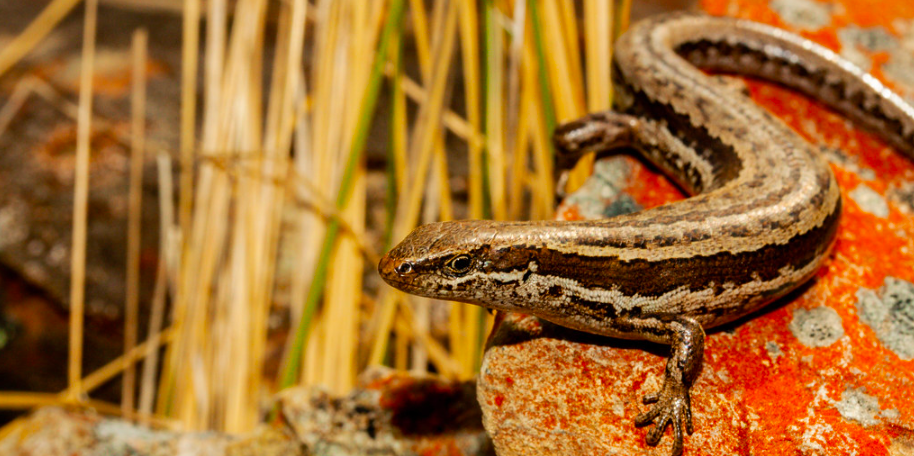
When four-legged predators first arrived in Aotearoa New Zealand, the native wildlife didn’t know what had hit them. That was over 200 years ago. Now there’s growing evidence that at least some of our wildlife are wising up to mammalian predators and changing their behaviour accordingly. So far, most of the research has been about … Continue reading Sunny side up: skinks are changing up their sun-bathing to avoid cats
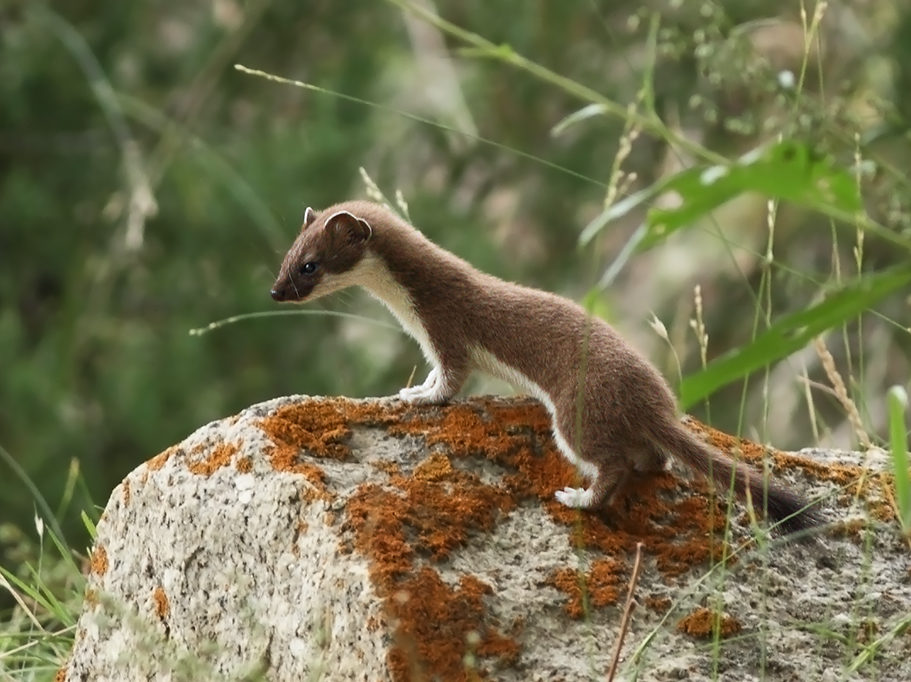
Trapping using food-based lures of hens’ eggs and rabbit meat, with long-life rabbit is the main stoat control method in New Zealand. But stoats vary in their food preferences and if food is plentiful in their environment, they just may not be that interested. Elaine Murphy of the Department of Pest Management and Conservation at … Continue reading Odour lures offer a new temptation to stoats
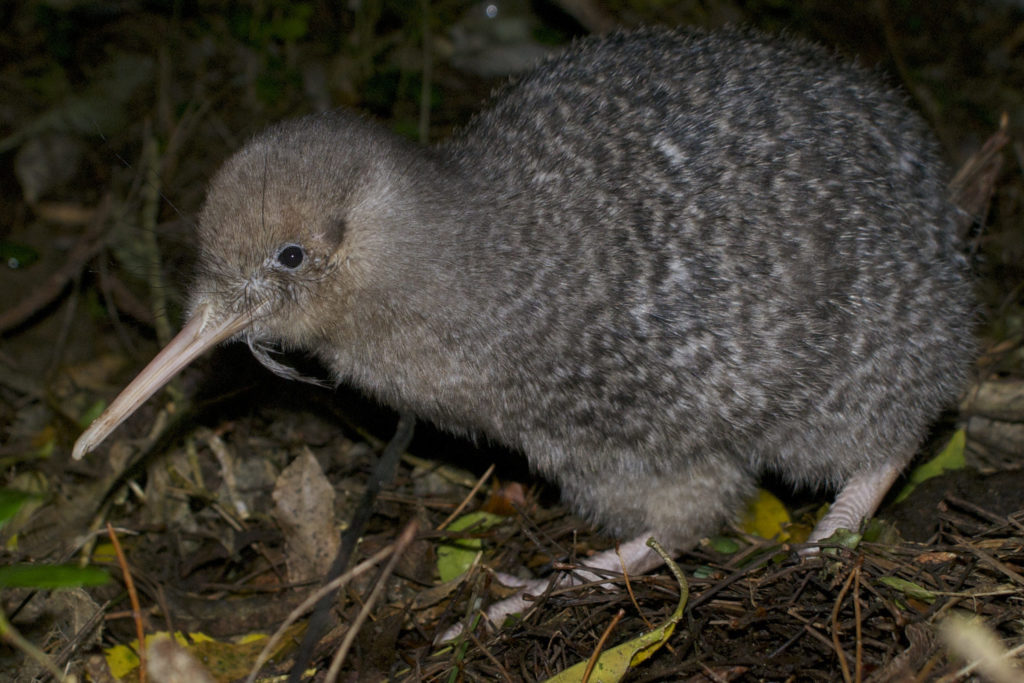
Kiwi are the most translocated bird species in Aotearoa New Zealand and the number of new projects and released birds are steadily increasing, according to a recent report in the New Zealand Journal of Ecology. We’ve been moving our kiwi around for over 100 years but could we be doing it better? Around the late … Continue reading Kiwi translocations – are we doing it right?
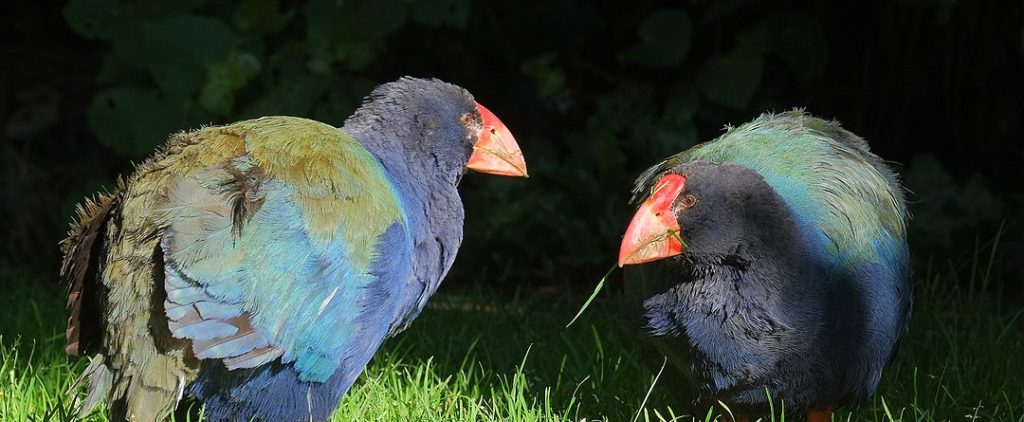
In modern covid times, we’re all very aware of how diseases can spread across borders through international air travel. Something similar could be happening with bird diseases and our kākāpõ, takahē and other endangered species on their remote sanctuary islands. ‘Air travellers’ – in this case visiting seabirds – could be bringing avian diseases with … Continue reading Seabirds, disease, sanctuary islands

Could moa have once lived on Rakiura/Stewart Island? Moa bones have been found on Rakiura in the past, but nearly all of them have shown signs of butchering and been found in ancient Māori middens. They’ve mostly been major leg bones (the meatier part of moa) and could easily have been transported across Foveaux Strait … Continue reading Rakiura skeleton helps solve ancient mystery
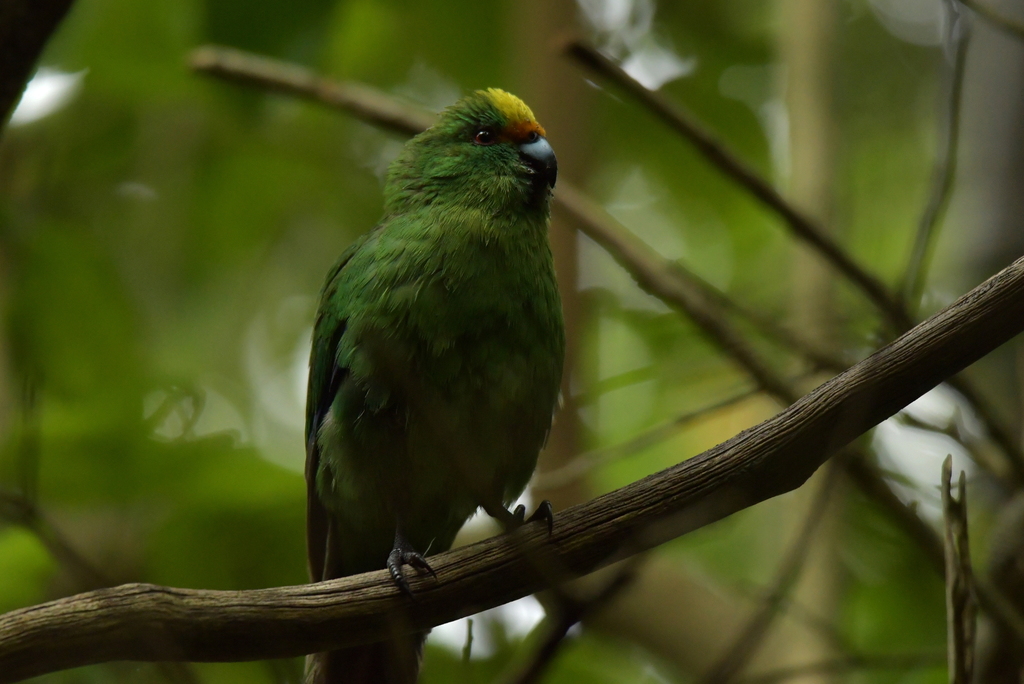
Counting green parakeets in an equally green forest can be something of a challenge even for the experts. But when those parakeets are as rare as our orange-fronted kākāriki, it’s important to get a good estimate of how many there are and whether numbers are increasing or decreasing. There may be less than 100 adult … Continue reading The challenges of counting kākāriki
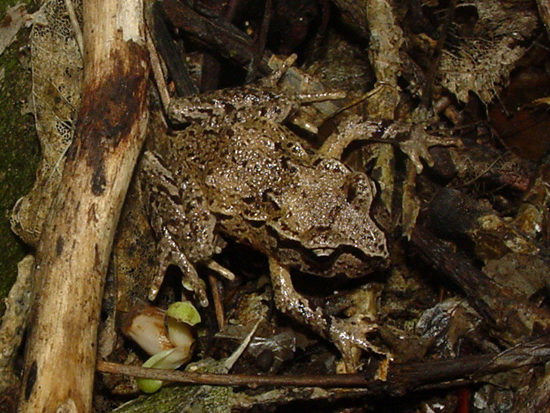
It might be time to update the textbooks and webpages on the Maud Island frog. It seems our odd little endemic amphibian might not be quite as dedicated to a ground-hugging life as experts have believed. An article recently published in the New Zealand Journal of Ecology shows how much we still have to learn … Continue reading Native frog behaviour surprises scientists
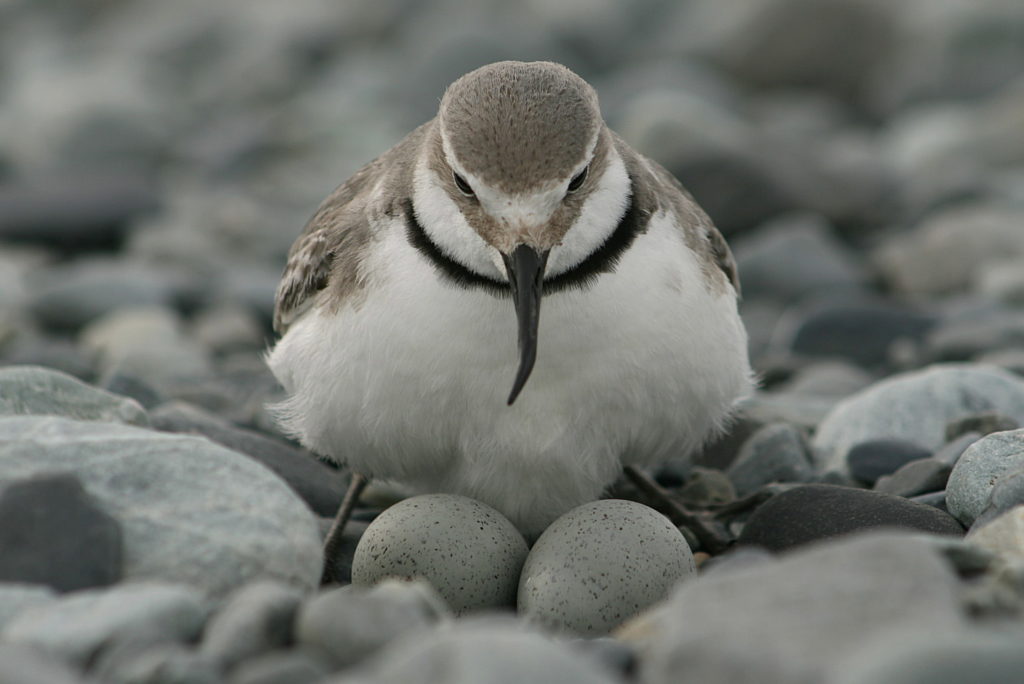
To survive and succeed in the wild, every meal an introduced predator eats has to be worth the effort and energy it takes to obtain it. Bird eggs and young chicks are an easy, protein-rich food source, especially when birds nest on the ground. So how do you convince riverbed predators that ground nests are … Continue reading ‘Fake news’ foils would be predators
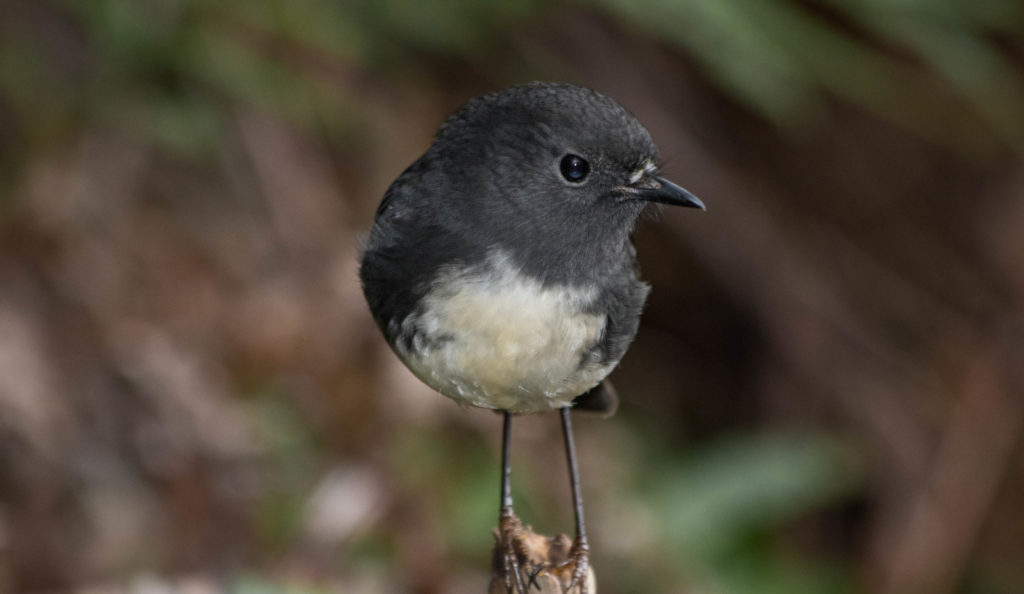
Is there such a thing as being too successful? A recent Fiordland study on the recovery of forest birds after longterm predator control and eradication shows that toutouwai/South Island robins, benefitted hugely from the absence of Norway rats and stoats. But the strong recovery of the robins seems to be having a detrimental effect on … Continue reading Robins return – but where are all the tomtits?
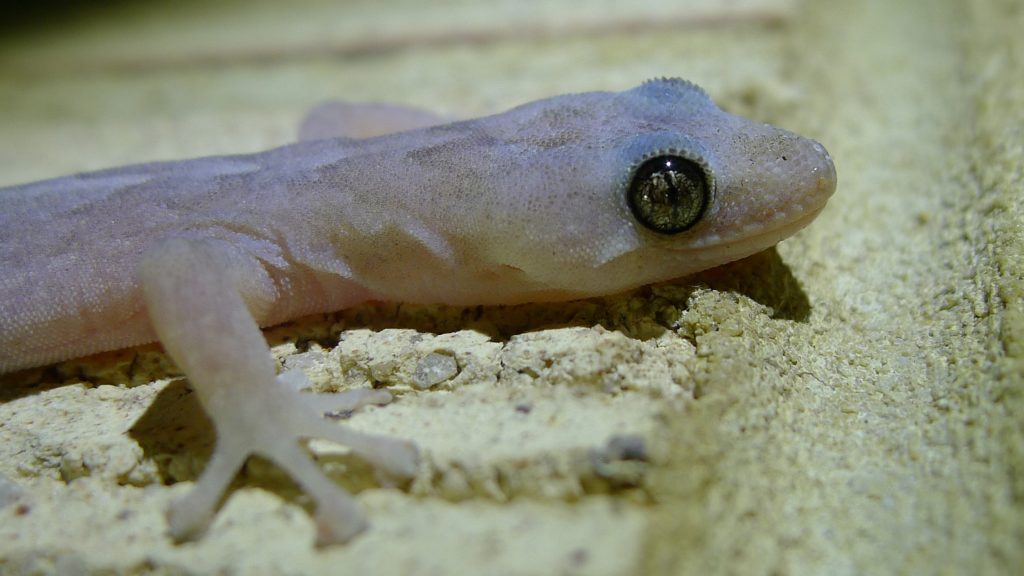
There are a lot of cats in Australia – researchers have calculated that the total number of feral cats in largely natural landscapes averages 2.07 million (varying between 1.4 million in drought and average years to 5.6 million after prolonged and extensive wet periods in inland Australia). Then there are the strays (an estimated 0.72 … Continue reading Feral cats feast on Australian reptiles
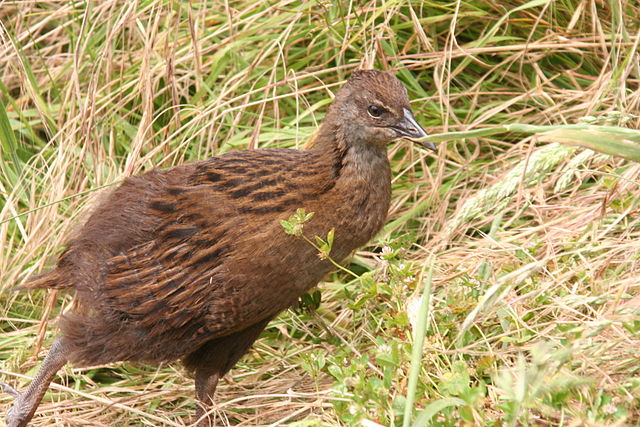
Weka don’t tend to be the first bird chosen for reintroduction in recovering habitats. Their destructive and predatory tendencies make them controversial residents in restoration projects and they’ve even been removed from some sanctuary islands to make life safer for other native birds. Note: We are re-sharing our articles. This article was originally published on … Continue reading Time to rethink the weka’s bad-boy image

Untangling the whakapapa of our kiwi can be more complicated than you might think – and appearances can sometimes be deceptive. It seems even the experts can get it wrong. All of which means that our Great Spotted Kiwi might be in for a name change. In the case of Great Spotted Kiwi specimens collected … Continue reading Hybrid kiwi uncovered in genetic study
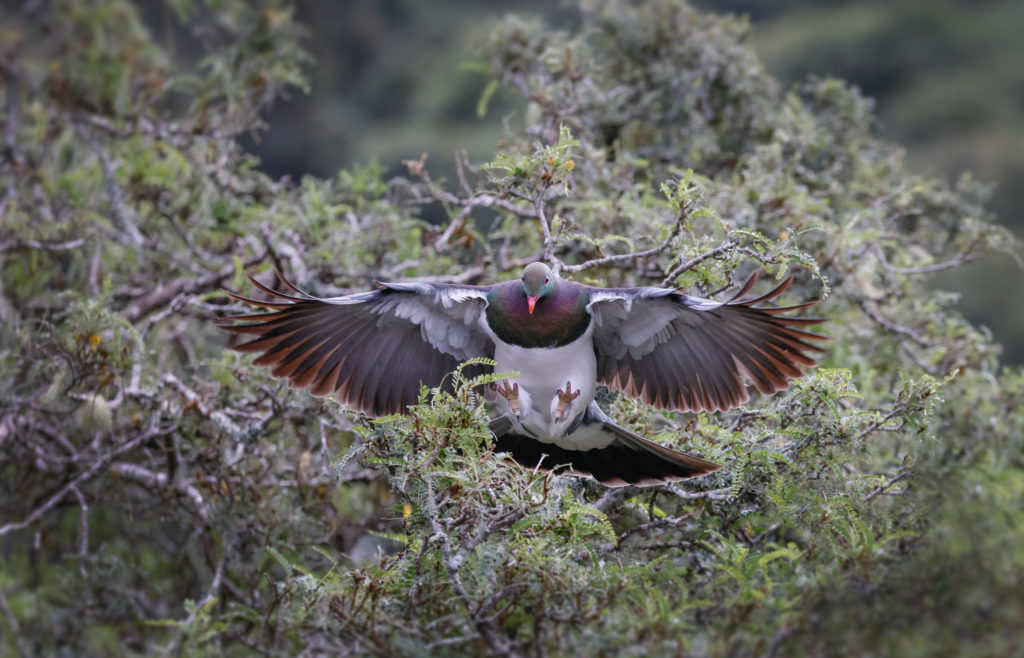
Kererū (kukupa) are big, beautiful and often unintentionally comic birds that are easily recognised, even when flying. They’re one of the biggest pigeons in the world and can live for 20-30 years. But kereru only raise one chick at a time and don’t necessarily nest every year. That can make them vulnerable. Kererū used to … Continue reading What factors are limiting kererū populations?
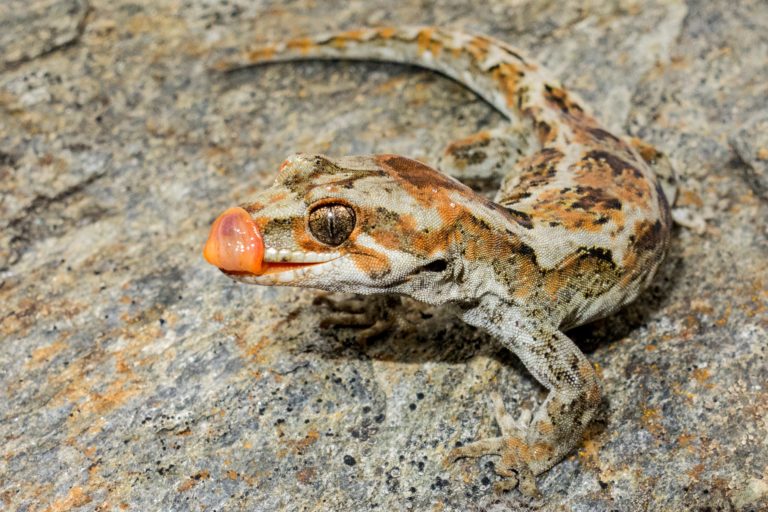
There’s a rare and colourful gecko known to live in only a few boulder fields and rock jumbles in the alpine areas of Queenstown Lakes and Central Otago districts. It’s been named the orange-spotted gecko and was only discovered as recently as 1998. Note: We are re-sharing our articles. This article was originally published on … Continue reading Rare orange-spotted gecko lives only in alpine zone
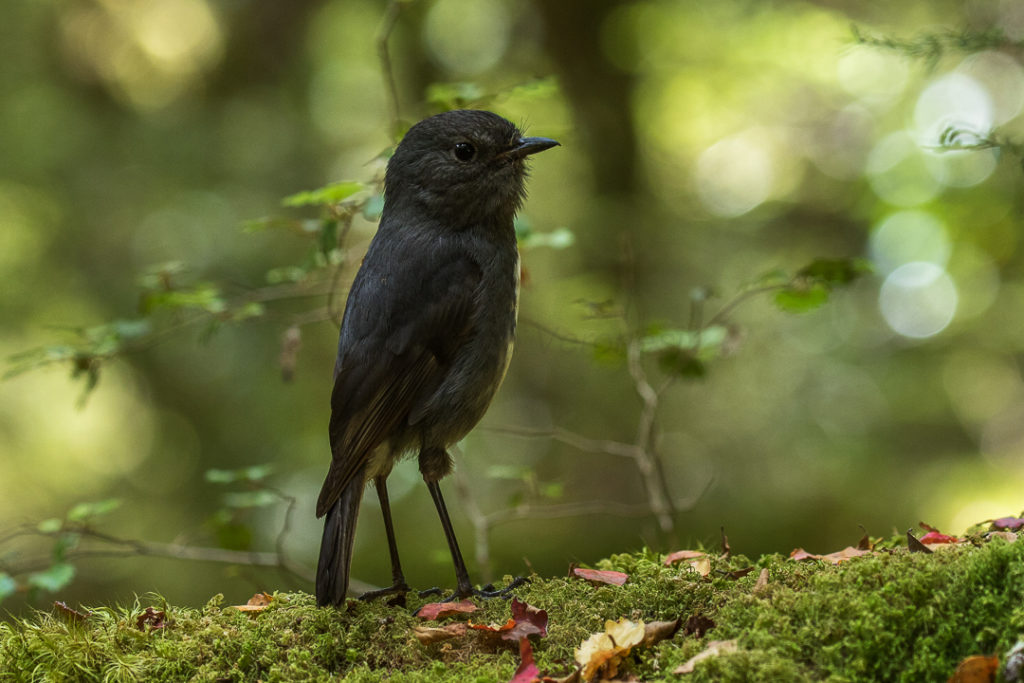
When mammal predators first arrived in Aotearoa New Zealand, our native species didn’t know what had hit them and their naiveté led to some rapid extinctions. Have our surviving species ‘wised up’ to mammal threats in the last century or so? Note: We are re-sharing our articles. This article was originally published on January 11, … Continue reading Thesis explores anti-predator adaptive behaviour
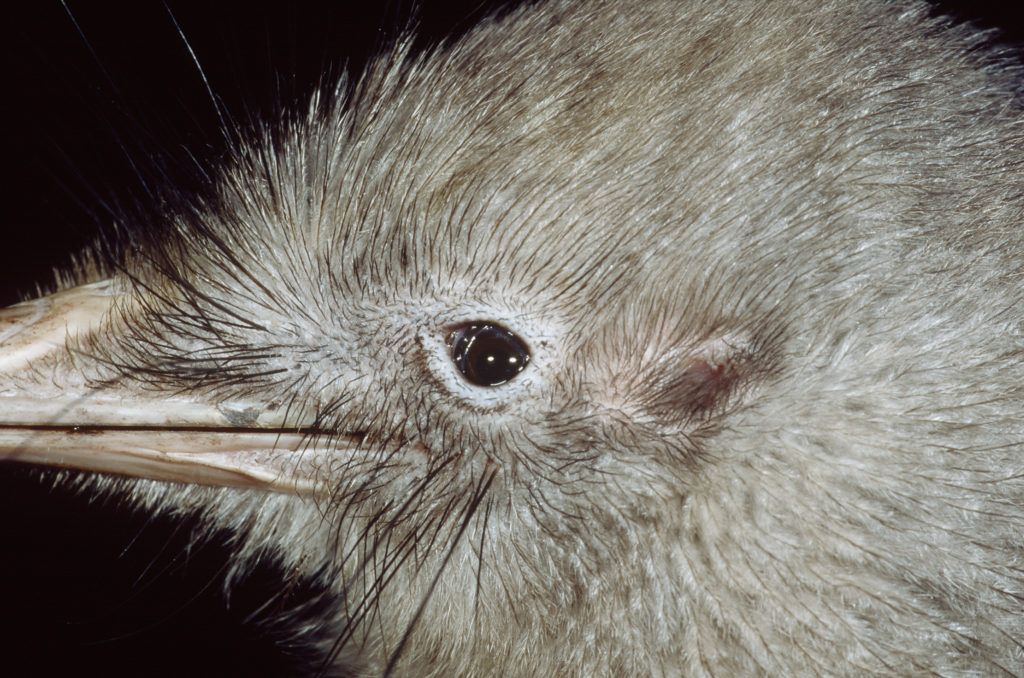
Not everyone can tell a mohua from a yellowhammer or even a kea from a kaka, but it would be a pretty rare New Zealander who didn’t know a kiwi when they saw one. It’s probably our most recognisable bird, but how well do we actually know our kiwi – really know them? Note: We … Continue reading How well do we really know our kiwi?
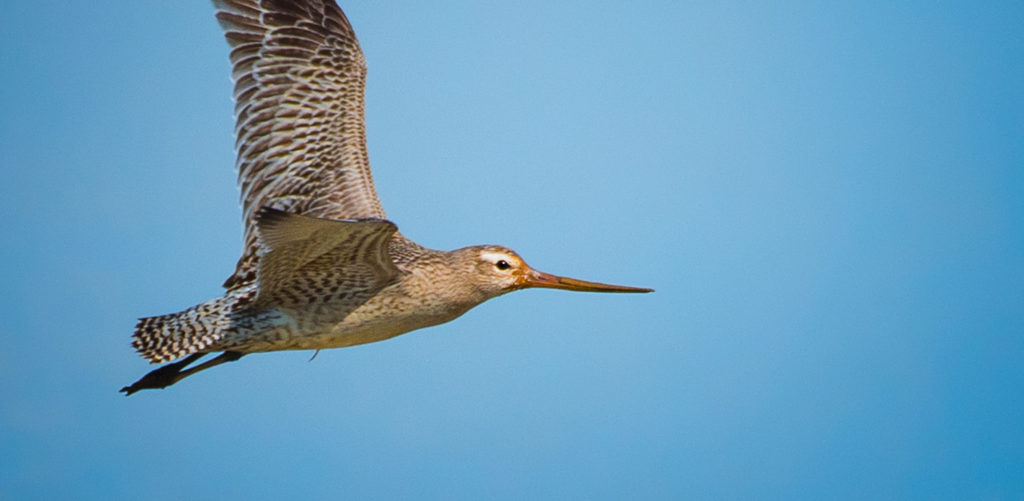
If you’ve ever found a longhaul airline flight gruelling, spare a thought for those expert longhaulers, the kūaka /bar-tailed godwits (Limosa lapponica baueri) – currently departing for Alaska. They take a record-breaking 8-11 day flight as part of their migration from Alaska to New Zealand and back every year, feeding and breeding in Alaska during … Continue reading Bar-tailed godwits are longhaul experts
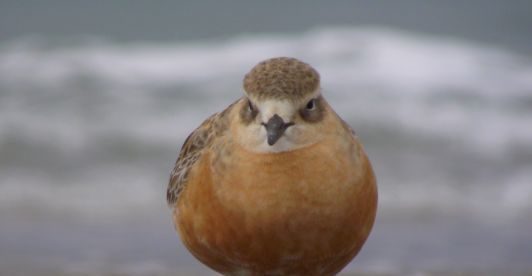
Fondly referred to by some as ‘Dots’, New Zealand dotterels are appealing little shore birds, their sharp ‘cheep’ call signalling their constant alertness to possible danger. They need to be watchful. Dotterels nest on the ground, where the camouflage of their colouring gives some protection against aerial predators but not against mammals. Camouflage isn’t much … Continue reading Omaha community is looking out for its dotterels

Otago University zoologists Anna Aichele, Philip Seddon and Yolanda van Heezik have been measuring the sugar intake of kākā at Orokonui Eco-sanctuary just north of Dunedin where sugar water feeders regularly entice birds down from the trees to the delight of visitors. Note: We are re-sharing our articles. This article was originally published on December … Continue reading Sugar intake of kākā measured at ecosanctuary feeders
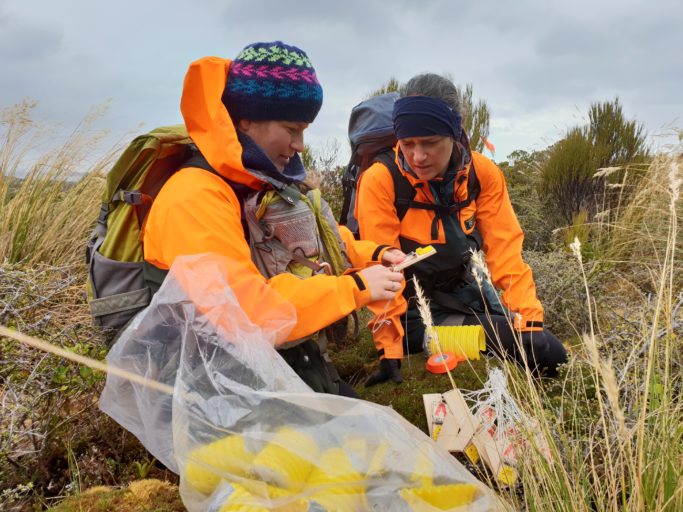
This week marks the publication of the Maukahuka Pest Free Auckland Island project report on the technical feasibility of eradicating pigs, cats and mice from Auckland Island. This is the most significant milestone since the eradication of pigs from the island was first raised in 1982. Over the last four years, the Department of Conservation … Continue reading Maukahuka Pest Free Auckland Island: Will it work?
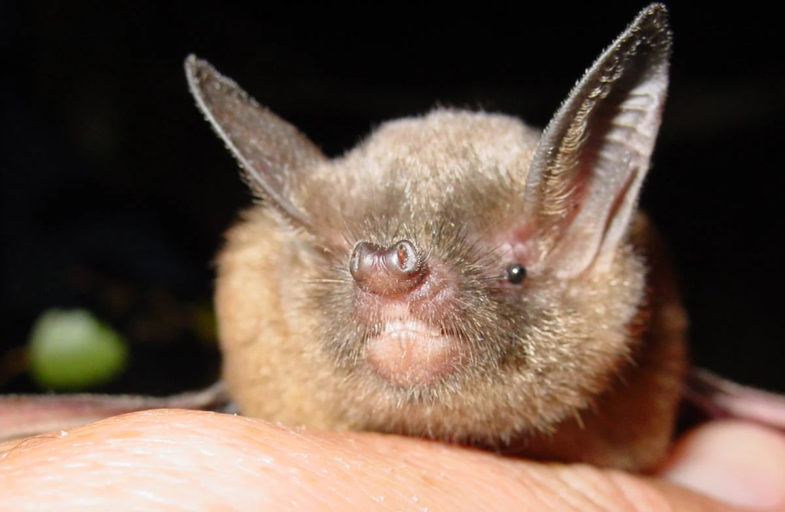
Short-tailed bats are the main pollinators of New Zealand’s only fully parasitic flowering plant – the wood rose (Dactylanthus taylorii), known to Māori as te pua o te rēinga. Both the bat and the wood rose are endangered, but we still have a lot to learn about the feeding/pollinating relationship between them. Researchers Zenon Czenze … Continue reading Bats influenced by rainfall when visiting unique ‘wood rose’
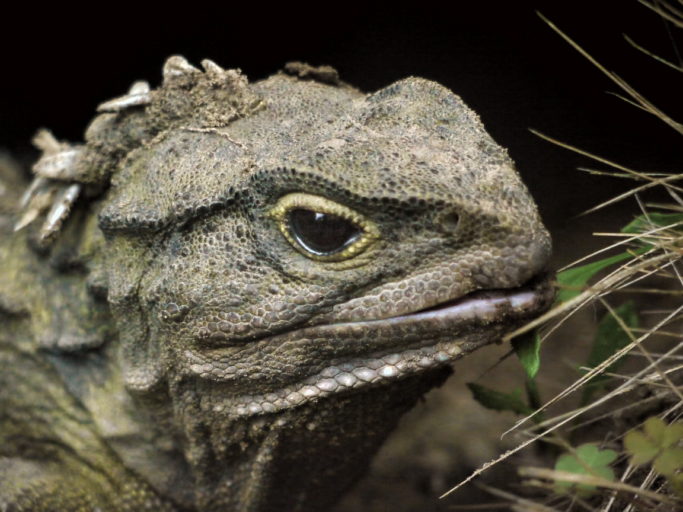
Everyone knows about tuatara – right? Most New Zealanders know that our tuatara was around in dinosaur times and out-survived all the dinosaur ‘big names’ like Tyrannosaurus Rex. And we all know what a tuatara looks like. But how much do you actually know about them? The tuatara is much more than just ‘world famous … Continue reading Getting to know our largest reptile
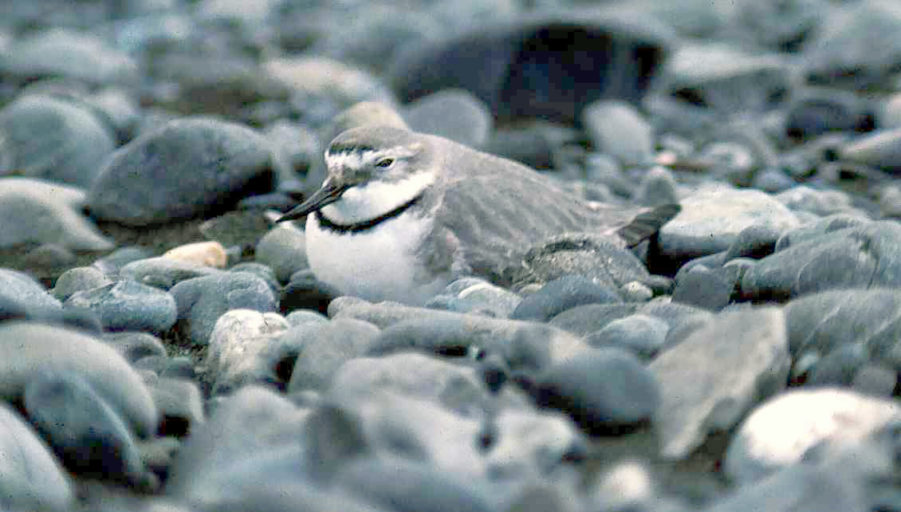
Wrybills, the little shore birds with a bend in their beak, are only found in New Zealand. They breed on the South Island’s braided rivers with well-camouflaged eggs and chicks to help protect them from flying predators. But camouflage is no protection against mammal predators who hunt by scent. Does predator control help improve survival … Continue reading Breeding wrybills face multiple challenges
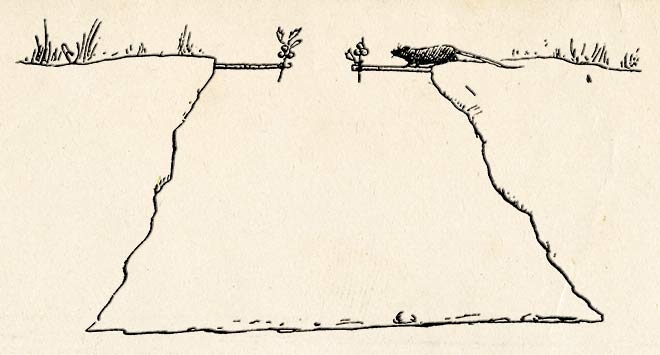
Rat-trapping started early in Aotearoa’s history. The Polynesian ancestors of Māori brought the kiore across the Pacific in their voyaging waka, probably around the 13th Century AD and early Māori developed several types of ingenious rat traps to catch them. Aotea, Horouta and Māmari waka traditions mention that kiore were passengers on their voyages to … Continue reading Rat-trapping has a long history in Aotearoa
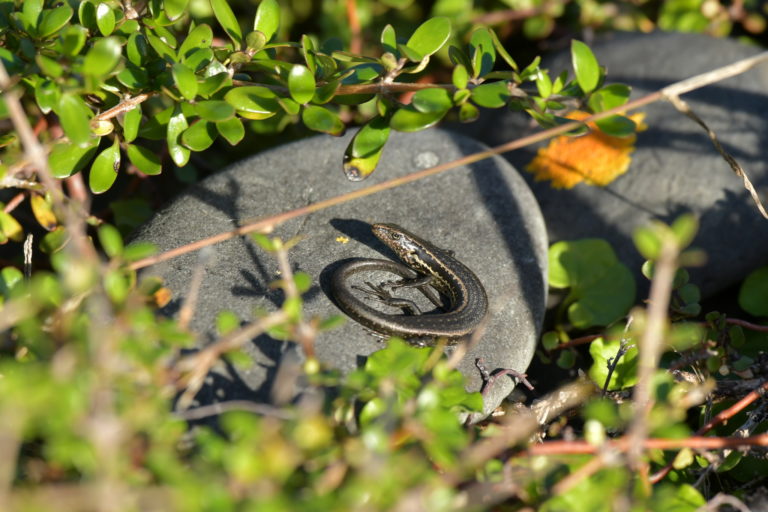
A common way to monitor what insects or lizards are around, is to use a live-capture pitfall trap which skinks, geckos and ground-based insects then fall into. With lizards, slices of pear or sometimes petfood are used to attract them to the trap. But lizards and insects might not be the only species to take … Continue reading Predator pitfalls for live-trapped lizards

We New Zealanders love our tūī. Maybe its their feisty, humorous territorial antics. Or maybe it’s the melodious calls interspersed with those ridiculous ‘snorts’. Perhaps its the iridescent black/green/blue/purple of their feathers. Whatever the reasons, tūī are warmly welcomed into our gardens and when predator control and habitat restoration lead to a surge in native … Continue reading Feisty, melodious tūī is a welcome garden visitor
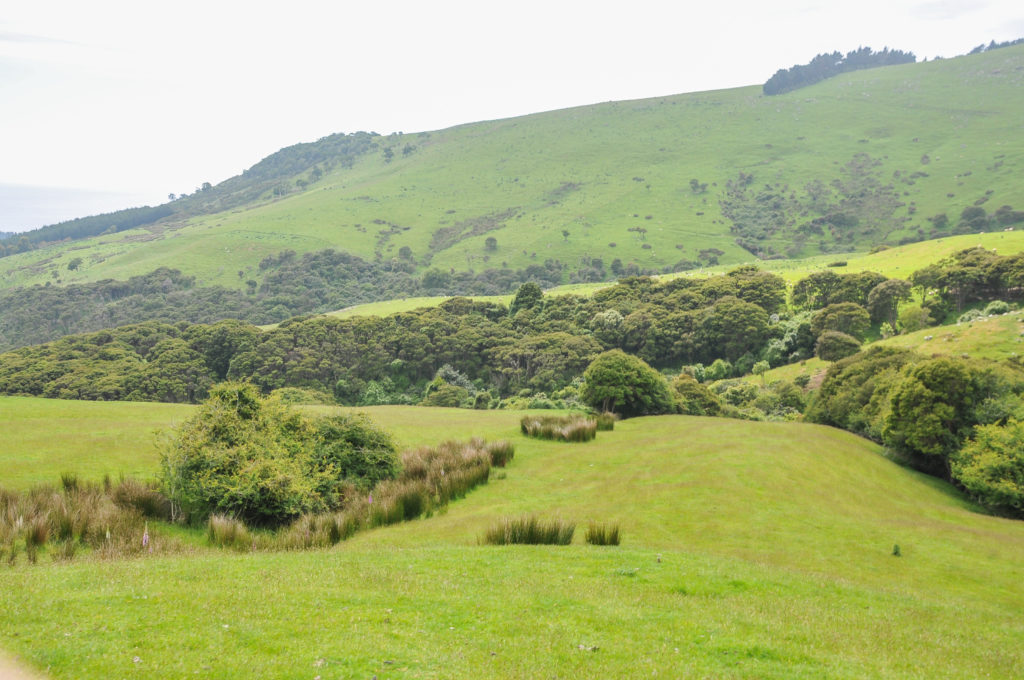
Productive land such as farms, horticulture and lifestyle blocks make up 60% of the land area in New Zealand and often contains native vegetation. Such land could – and often already does – make a significant contribution towards conservation goals. But currently we know very little about the amount and types of native vegetation located … Continue reading Sheep, beef farms have significant conservation potential
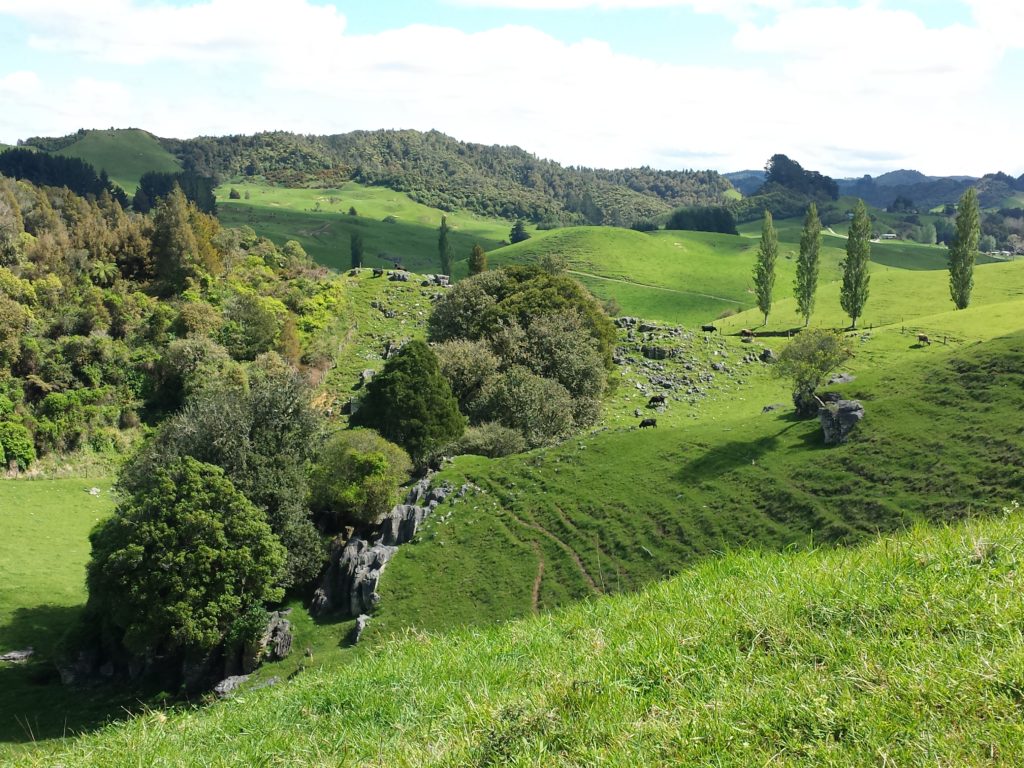
A recent study by Brandon Breedt and Carolyn King provides the first estimates of the proportion of the Waikato Region occupied by each of the target introduced mammal predator species. The results offer a warning to pest managers that pests are more widespread and harder to remove than is commonly assumed, and that the absence … Continue reading Waikato pest distribution, detectability studied

Researchers have recently been studying the social life of our native skinks – and yes, skinks really do have a social network. Who would have thought it? Otago skinks (Oligosoma otagense) living in a large enclosure at Ōrokonui Ecosanctuary were the subjects of this unusual study of skink society. The research was carried out by … Continue reading A glimpse of the social life of Otago skinks
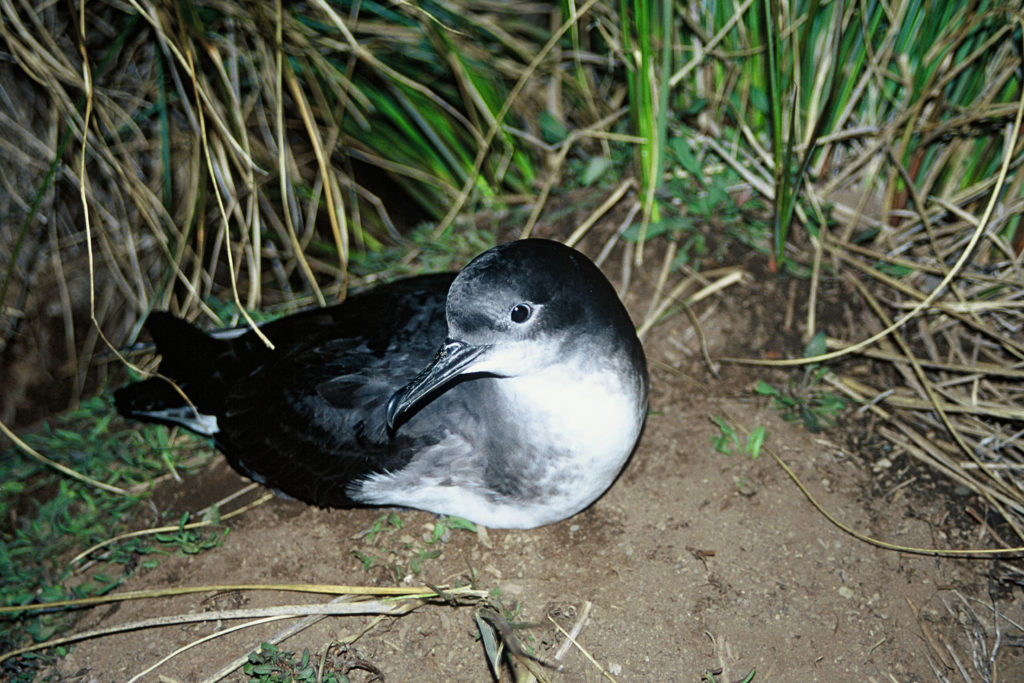
The Hutton’s shearwater/Kaikōura tītī (Puffinus huttoni) is the only seabird in the world that breeds in an alpine environment, with breeding colonies in the Seaward Kaikōura Range at elevations between 1200 to 1800 metres. It’s a strange place to find an ocean bird nesting and explains why the locations of surviving colonies of the Hutton’s … Continue reading Rare alpine seabird is ‘one of a kind’
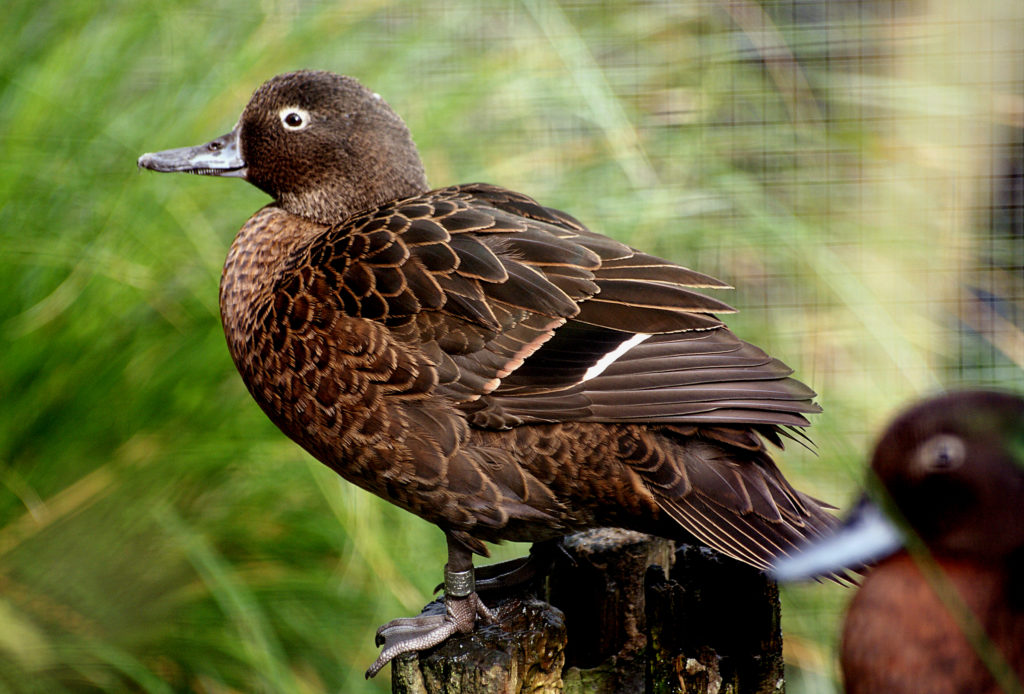
Pāteke/brown teal are mainly nocturnal, small dabbling ducks found only in New Zealand. They once inhabited a wide range of habitats including wet forests, swamps, slow-flowing streams, lakes and estuaries and in pre-human times may have been the most wide-spread and abundant of our waterfowl. Even 200 years ago brown teal were abundant and widespread … Continue reading Researchers evaluate what pāteke need for successful reintroduction
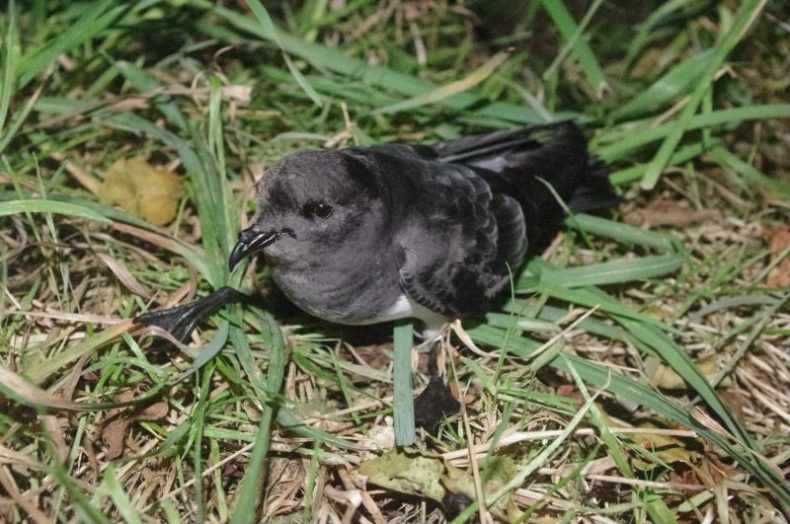
Colin Miskelly is hoping to solve a mystery one day – to find where grey-backed storm petrels breed. They’re one of the smallest seabirds in the New Zealand region and there’s a very good chance they have a colony somewhere in the lower South Island. According to Birds New Zealand, there is a long history … Continue reading Colin Miskelly investigates seabird mysteries
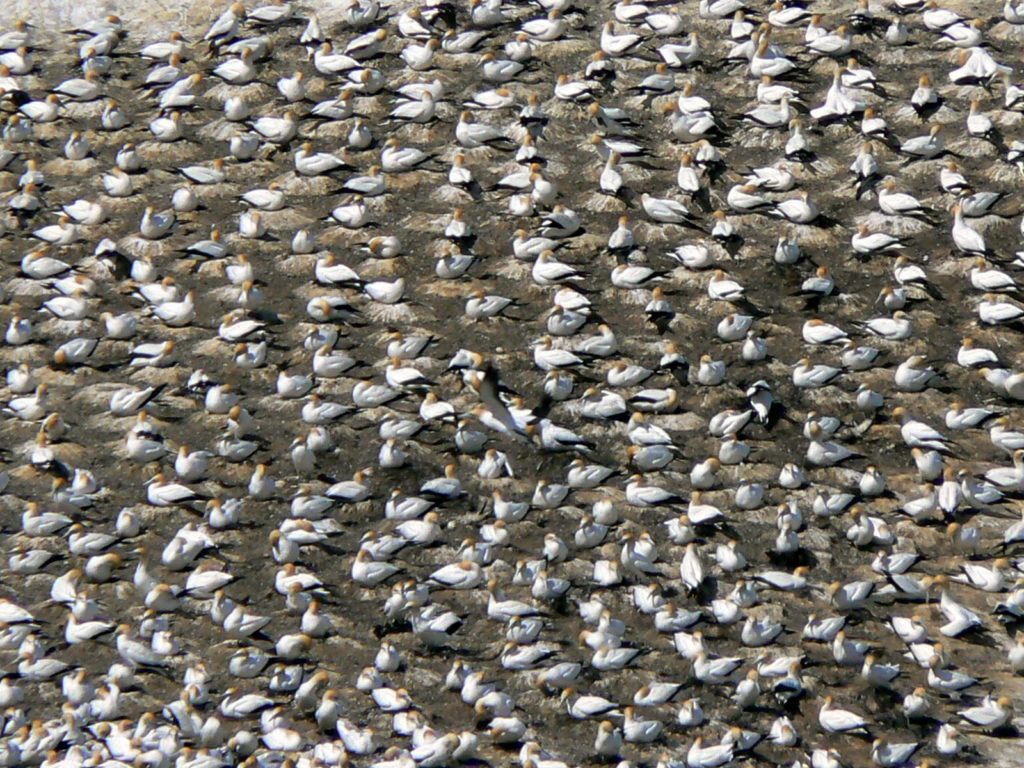
Even ocean-going birds need to come ashore to breed and when they do, they bring a gift from the oceans with them – nutrient-rich guano (otherwise known as seabird poo). It’s a fertiliser bonanza, especially when those seabirds nest in large, breeding colonies. Terrestrial plants and wildlife thrive on these so-called ‘seabird islands’ because of … Continue reading Bringing poo to an island near you…
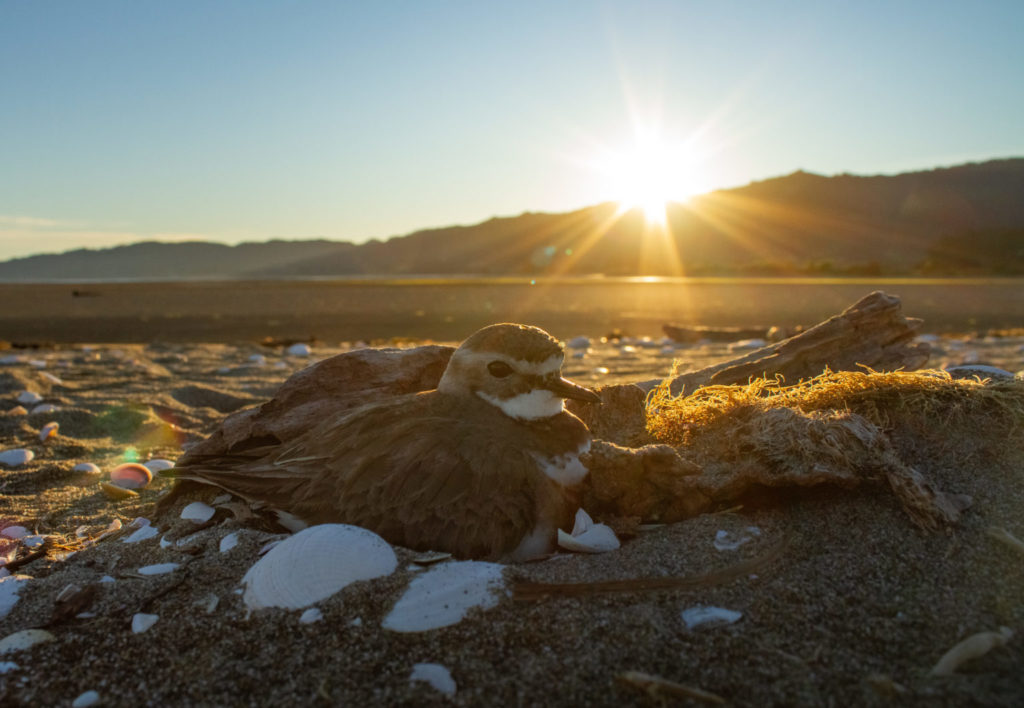
Annual bird counts show that banded dotterels have been declining on our braided rivers for many years. But there’s good news amongst the bad. A recently published analysis of longterm population trends, using data from 1962 to 2018, reveals just how big that decline has been – and how one riverbed in Mid-Canterbury is going … Continue reading Longterm banded dotterel study shows predator control benefits
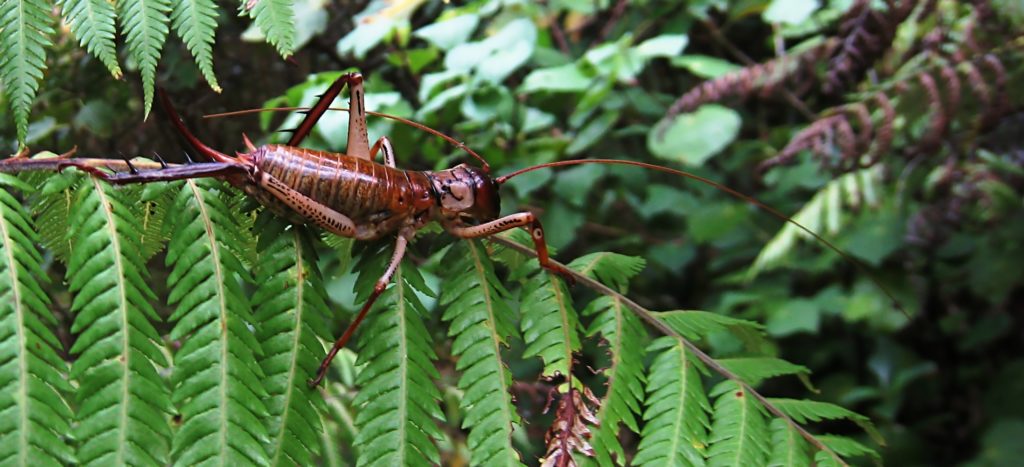
Its name is Wētāpunga – named for the God of Ugly Things. But beauty is in the eye of the beholder and some would say our giant wētā is a beautiful insect. No-one can deny it’s a monstrous one – the wētāpunga is possibly the heaviest adult insect in the world. There are 70 species … Continue reading Our wētāpunga is a world record holder
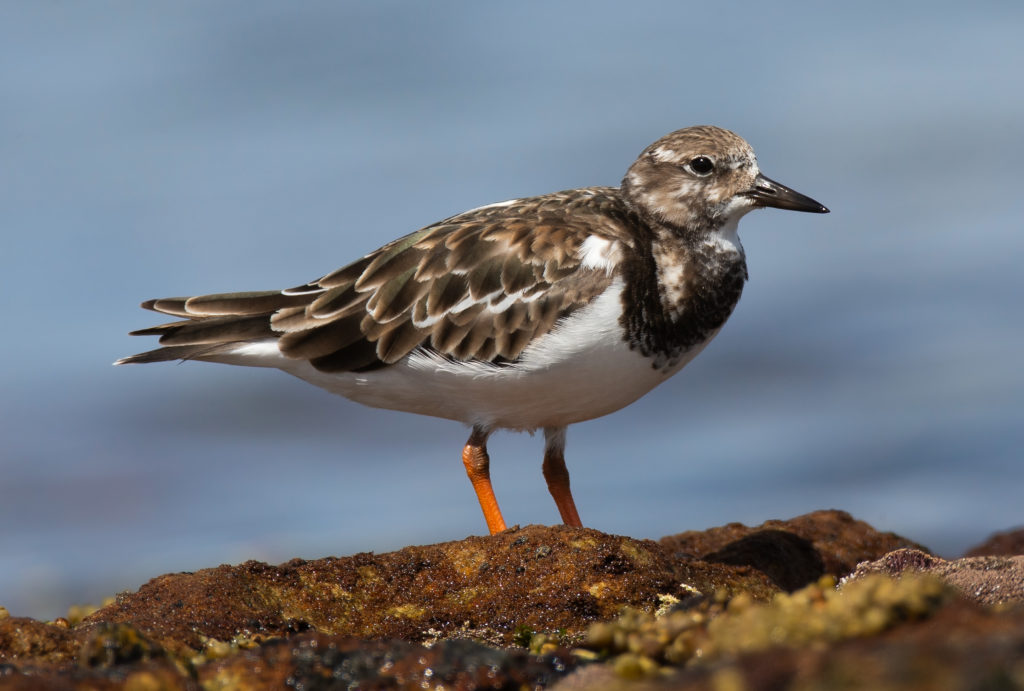
It’s a bit like putting a message in a bottle – banding migratory birds and seeing where else in the world those specific bands are spotted by fellow birdwatchers. But it has a purpose that goes beyond curiosity about migration routes. Many migratory birds are declining in numbers. So where on their global travels is … Continue reading Banding aims to uncover turnstone migration mystery
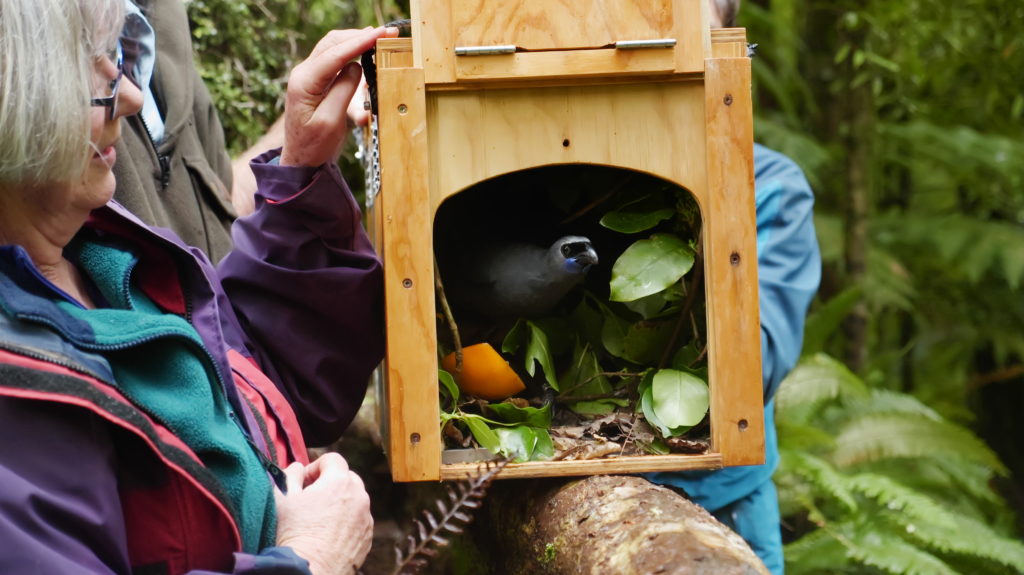
Conservation heroines – they’re all around us… everyday people like your neighbour, your Mum, your friend, or that clever inventor who lives at the end of your street. Conservation heroines are women who are using their passion, skills and talents to help our endangered wildlife to survive and thrive in our neighbourhoods and in the … Continue reading A salute to our conservation heroines
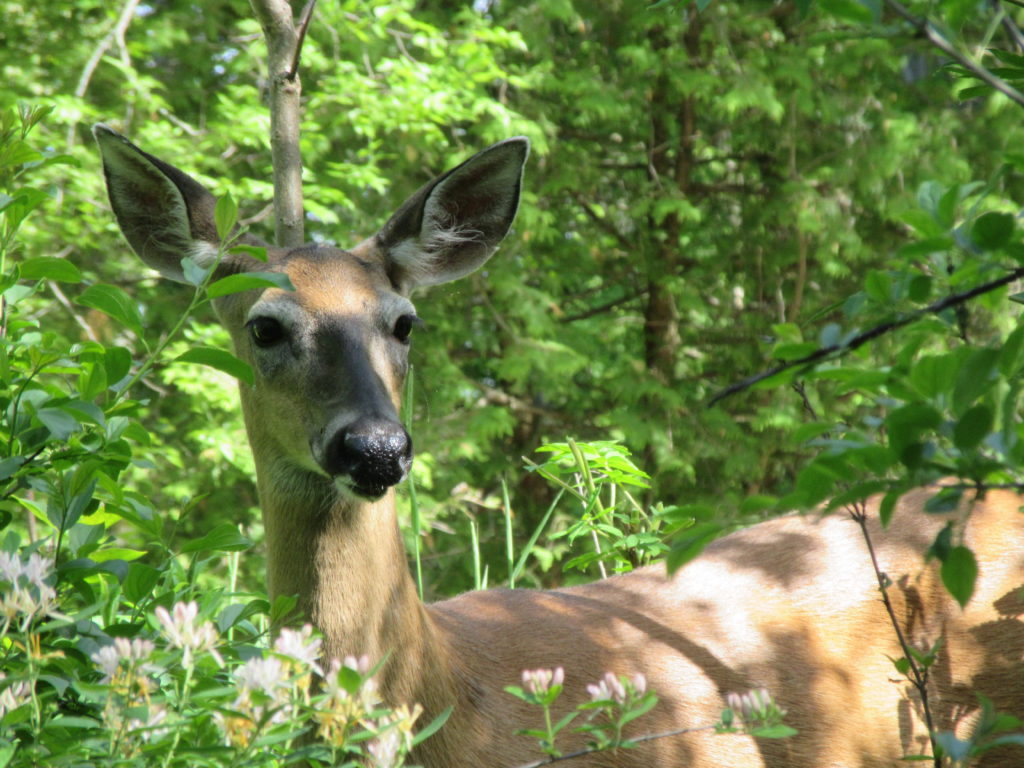
Not all introduced mammals are predators. Apart from omnivorous pigs, the 14 types of ungulate (hooved) mammals introduced here over the years are all plant-grazers of one sort or another. But restoring habitat and removing predators go hand-in-hand if we’re to reverse the downward spiral of our native wildlife. Large, heavy-hooved browsing mammals can damage … Continue reading Monitoring shows ungulates increasing on public conservation land
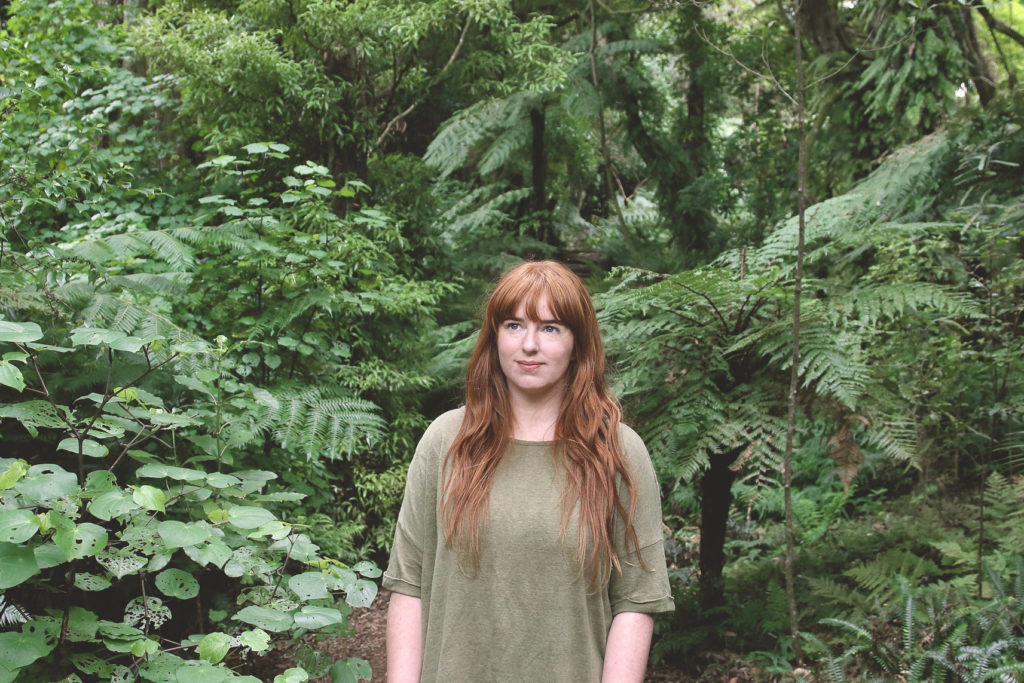
Melissa Boardman is an illustrator passionate about native birds, conservation and the environment. She frequently visits predator free sanctuaries across Aotearoa where she spends her time observing and photographing birds in their natural habitats. Recently, Melissa published her first book, Birds of New Zealand: Collective Nouns, a beautifully illustrated hardback featuring over 90 native bird … Continue reading Appreciating what lies beyond the forest’s edge: Interview with Illustrator, Melissa Boardman
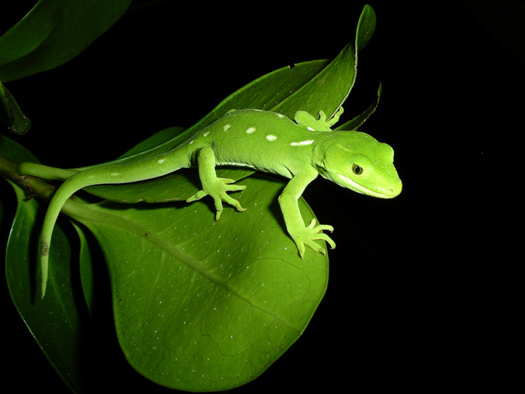
Small, slow-moving in cold weather and with limited defenses other than camouflage and hiding, our skinks and geckos are vulnerable to predators – but efforts to relocate some of them to sanctuaries haven’t always been successful. Researchers have been refining their methods, however, and a recent translocation of barking geckos suggests they’re definitely on the … Continue reading New home for barking geckos in successful penned release
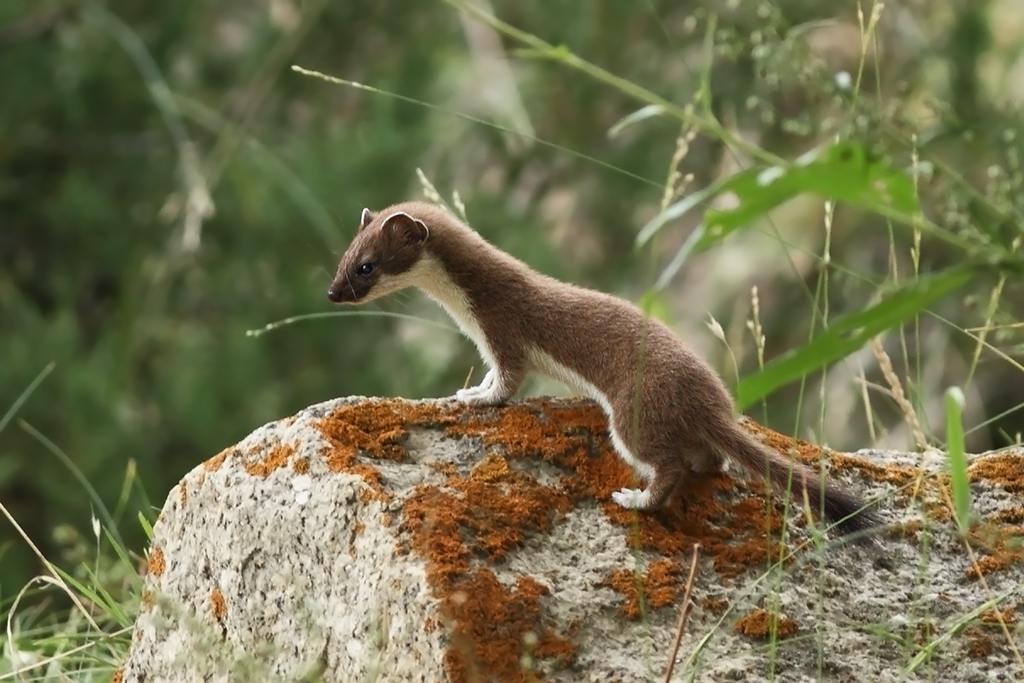
What don’t we know? What challenges need further investigation? In January of this year, Predator Free 2050 Ltd announced two funding initiatives – one for doctorate and post-doctorate research at tertiary and research institutions and the other for ‘Products to Projects’, where the aim is to ‘help fast track the design, research and development, testing, … Continue reading Burning questions, conservation conundrums – kiwi researchers share insights on key research challenges
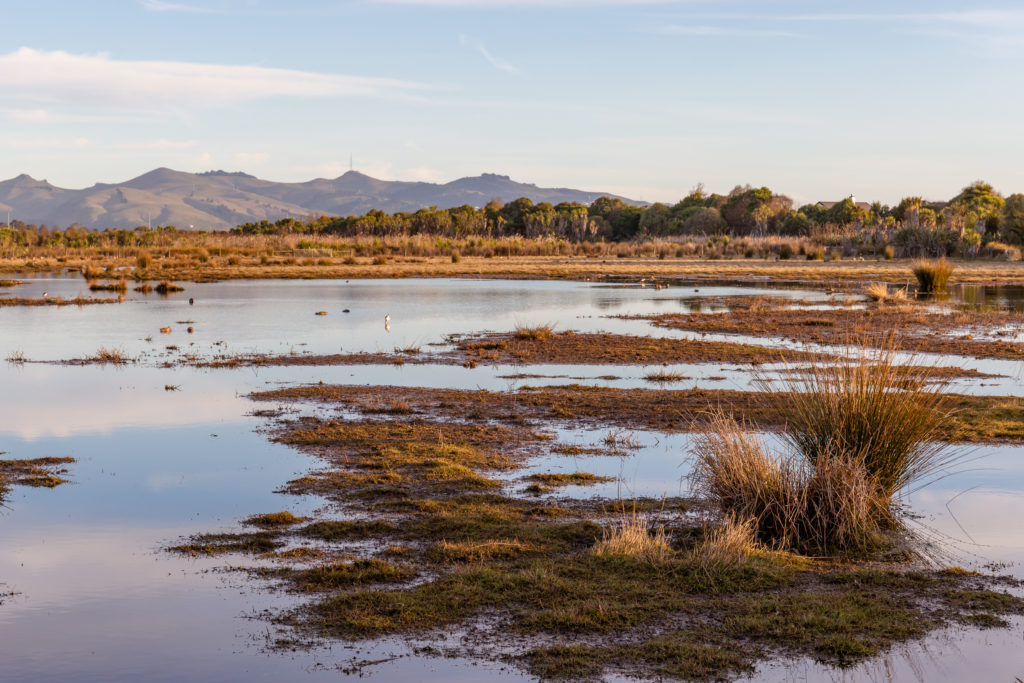
Once we called them swamps and thought of these places – if we thought of them at all – as potential farmland and subdivisions, muddy, boggy and waiting to be drained. Nowadays they’re ‘wetlands’ and its not just the labelling that’s changed. Our attitudes are slowly changing too. We’re beginning to understand the value – … Continue reading Multiple methods demonstrate wetland restoration benefits
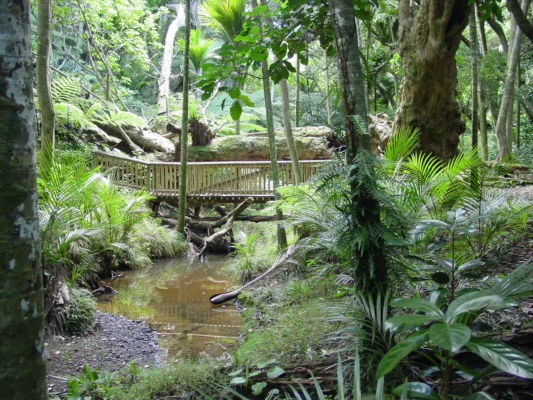
Fenced sanctuaries don’t come cheap – but they do offer a way to create areas of rich, predator free habitat for vulnerable species. But what about the habitat outside the fence? Most research to date has looked at ‘inside the fence’ habitat and bird populations, but good habitat beyond the boundary can offer extra food … Continue reading What’s outside the fence matters too
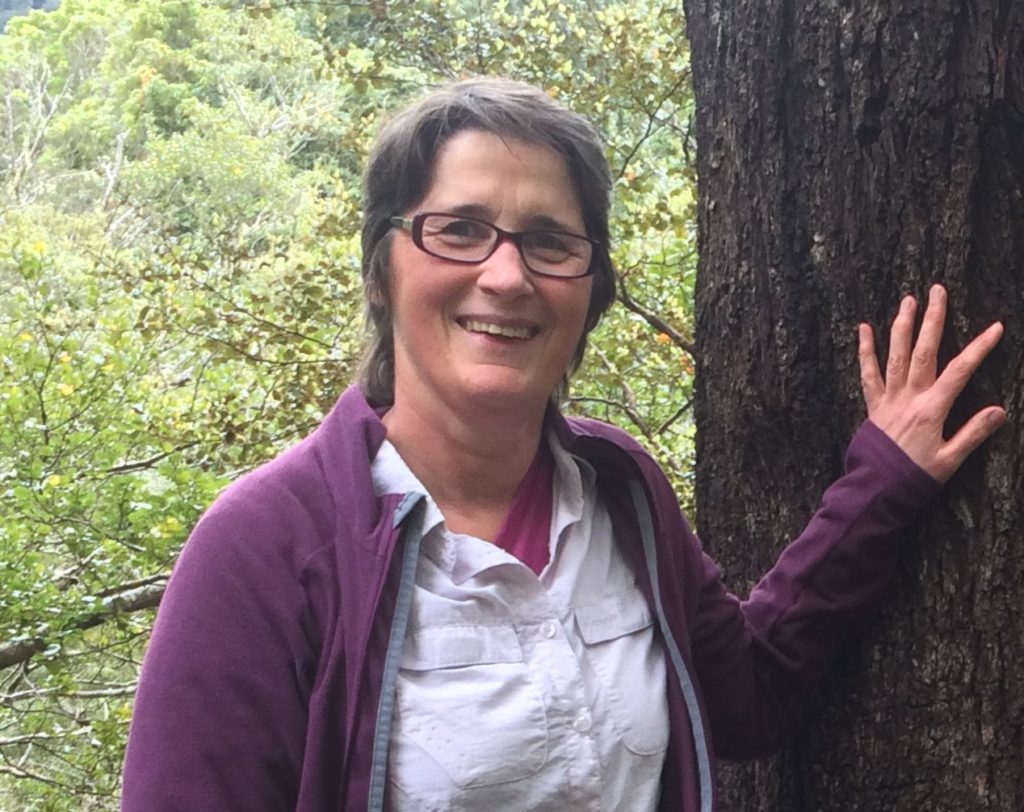
New Zealand Nature Heroes by Gillian Candler (Published by Potton and Burton) is a book I would have loved to have received as a child. New Zealand Nature Heroes is intended for an 8-14 years age group, it is pitched as ‘inspiration and activities for young conservationists’ and the book is exactly that. Each section … Continue reading New book invites children to be ‘nature heroes’ too
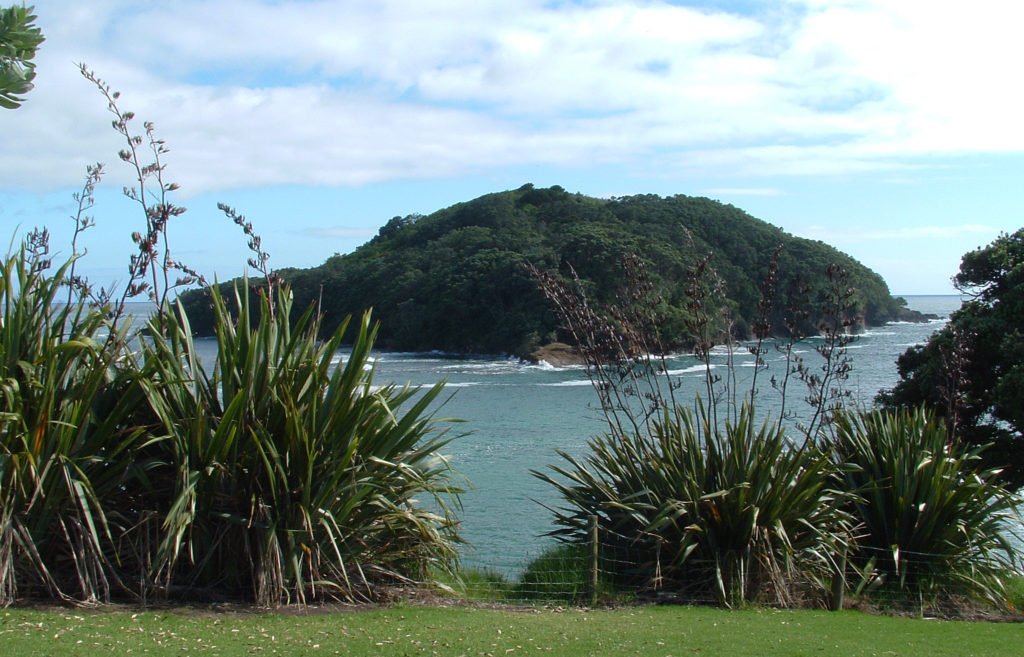
Markus Gronwald and James Russell from the University of Auckland recently measured rat relative abundance on Goat Island, 70km north of Auckland. Both camera traps and digital strike counters for Goodnature A24 self-resetting traps were used and the results compared. A total of 7155 videos, more than 119 hours of footage, from 2161 camera days … Continue reading Goat Island rat abundance measured in multiple ways
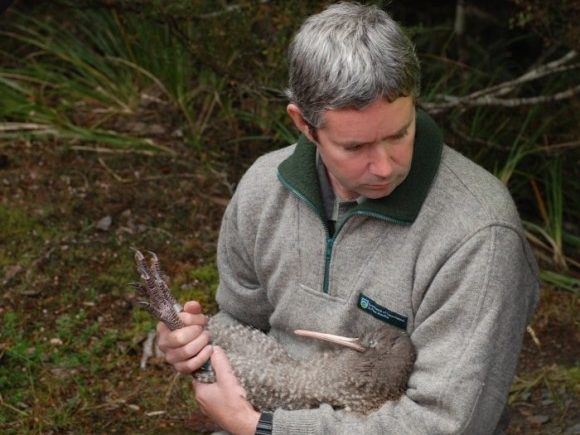
Between 2010 and 2016, the community group Friends of Flora Inc., in partnership with the Department of Conservation, translocated 44 roroa (great spotted kiwi, Apteryx haastii) to the Flora Stream area in Kahurangi National Park. But that was just the beginning of the project. Each kiwi was fitted with a VHF transmitter and, for the … Continue reading Volunteers monitor kiwi dispersal for 8 years
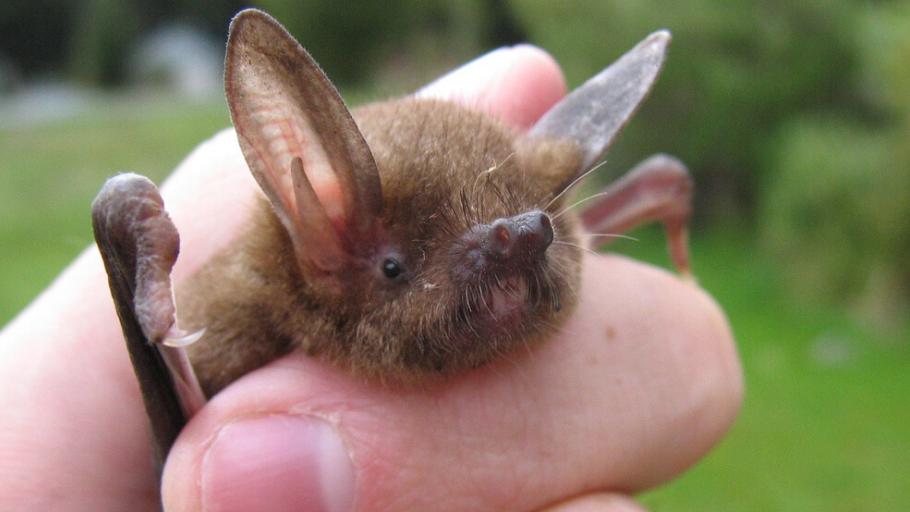
New Zealand’s short-tailed bats are tiny – but their appetite is massive. They can increase their bodyweight by a huge 30% in just one night’s successful foraging. That’s some serious pigging out! So just how tiny are they? Well, head to tail their body length is only 6-7cm, but across-wise, short-tailed bats have a 28-30cm … Continue reading A strange tale of a bat and a ‘rose’
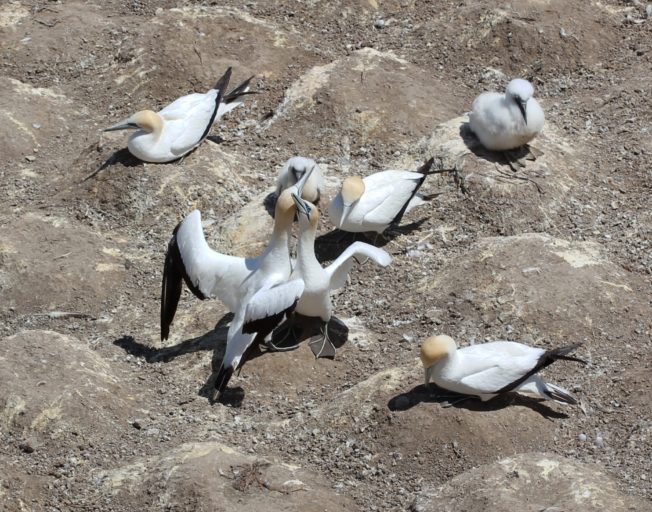
Ocean plastic is a worldwide problem – and its impacting wildlife here in New Zealand too. A recent study checked out how much plastic is turning up in gannet nests at a Hauraki Gulf gannetry and found an alarming 86% of nests had at least some plastic included in their construction! Nigel Adams, Chris Gaskin … Continue reading Plastic nest material is potential threat to gannets
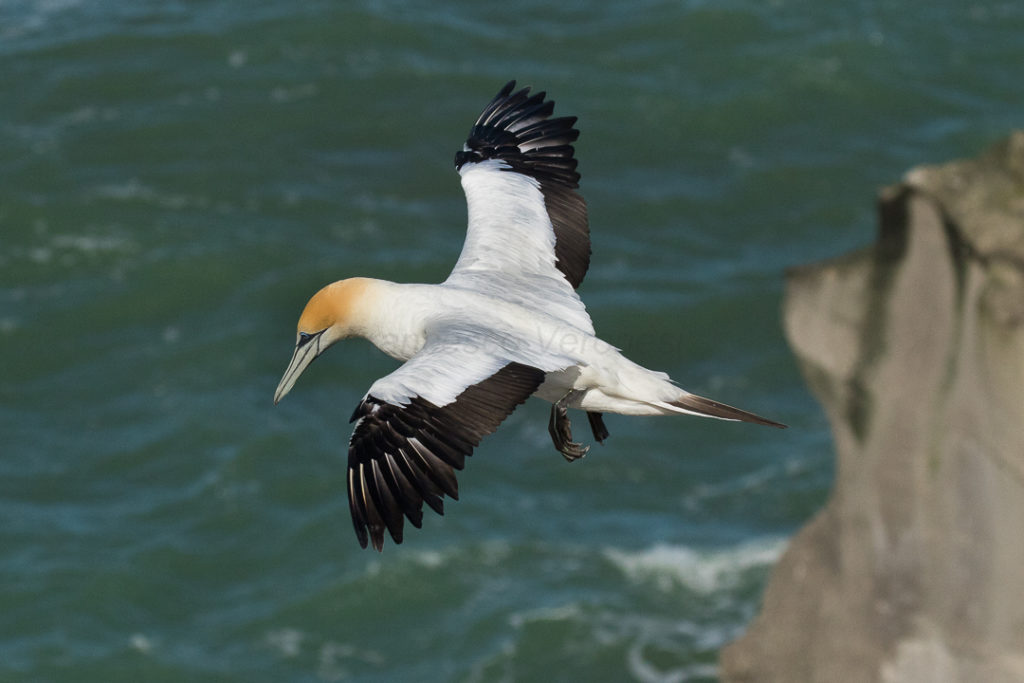
Even been stung by a badly executed bellyflop? Then imagine the impact as a diving tākapu (gannet) hits the water in a perfectly executed dive. Tākapu can plunge 20-30 metres into the ocean, hitting the water at speeds of up to 145 km per hour. Just before impact they stretch their wings fully backwards and … Continue reading Tākapu are high-dive champions
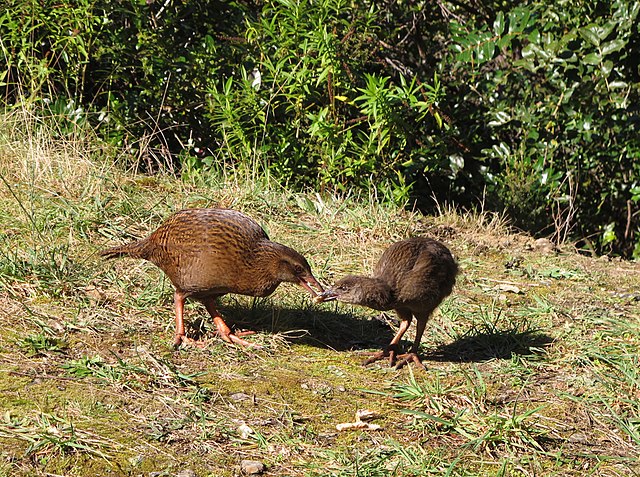
Weka can be engaging and entertaining, but their opportunistic appetite for other birds’ eggs and chicks can cop them some controversy. They’re not always welcome at ecosanctuaries, for example, even though their own numbers are threatened. Native predators like weka, harrier hawks and falcons were once part of a balanced ecosystem. Not all wildlife predators … Continue reading Are weka ‘good predators’?
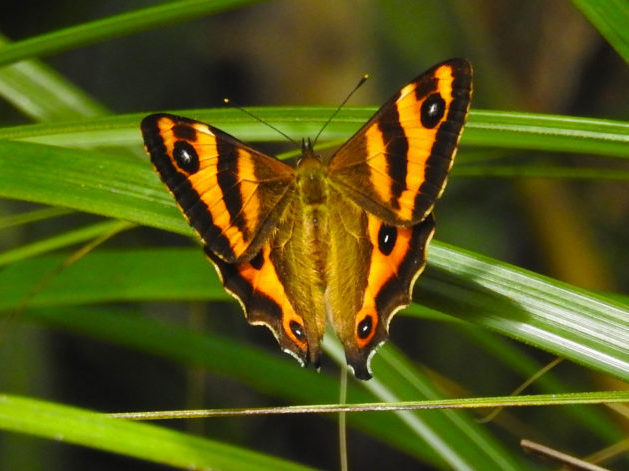
Take a drive along Coromandel’s spectacular scenic 309 Road and there’s a spot, somewhere around halfway between Coromandel town and Whitianga where a tarseal street branches off from the famous winding gravel 309. A steel security gate stops the curious from venturing any further without an invitation – so what actually lies beyond? Believe it … Continue reading Hidden haven off Coromandel’s 309 Road
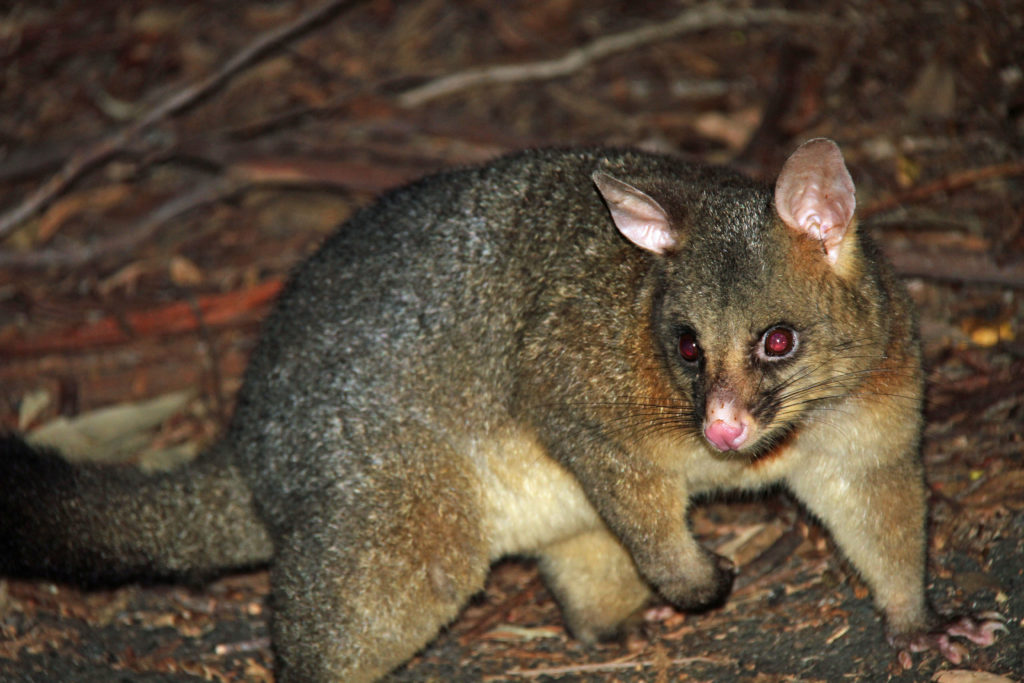
Reinvasion by predators, of previously cleared areas, is one of the many challenges of becoming predator free. We can’t fence huge tracts of wilderness – but we can potentially make use of natural barriers. Possums, for example, may be reluctant to cross rivers. Anecdotal reports that rivers are an obstacle to possum expansion have been … Continue reading River tested as reinvasion obstacle to possums
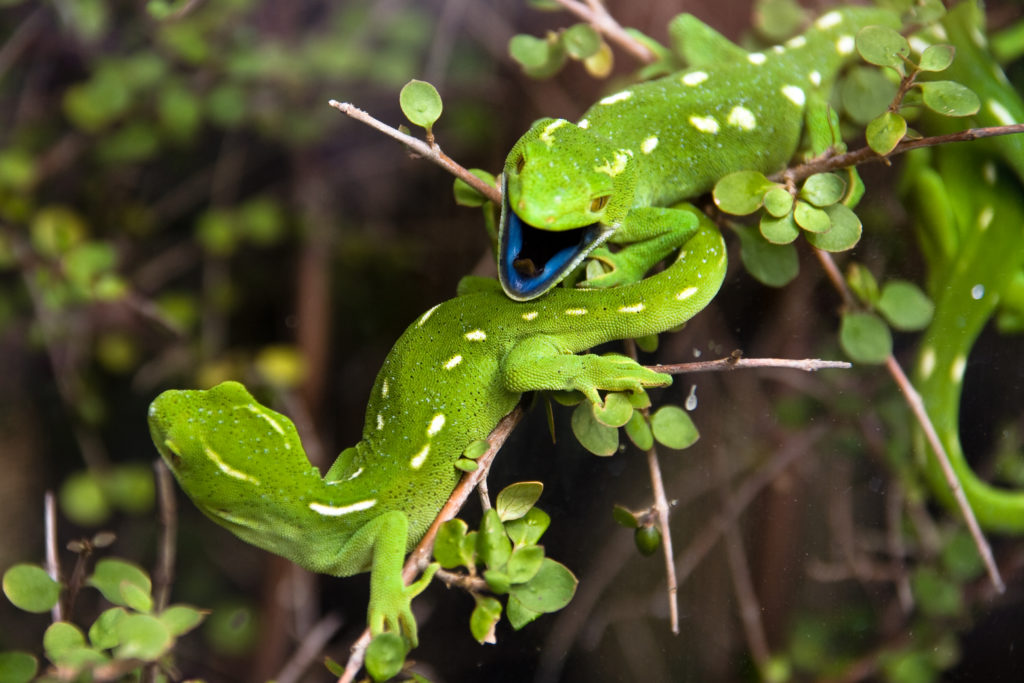
What a difference 20 years makes! The lizards of Kāpiti Island have now had 20 years of living rat-free and researchers Jennifer Gollin, Nic Gorman and Doug Armstrong have been checking out the little reptiles to see how much better they’re doing. The report on the results of their island survey in the New Zealand … Continue reading Lizards counted on predator free Kāpiti Island
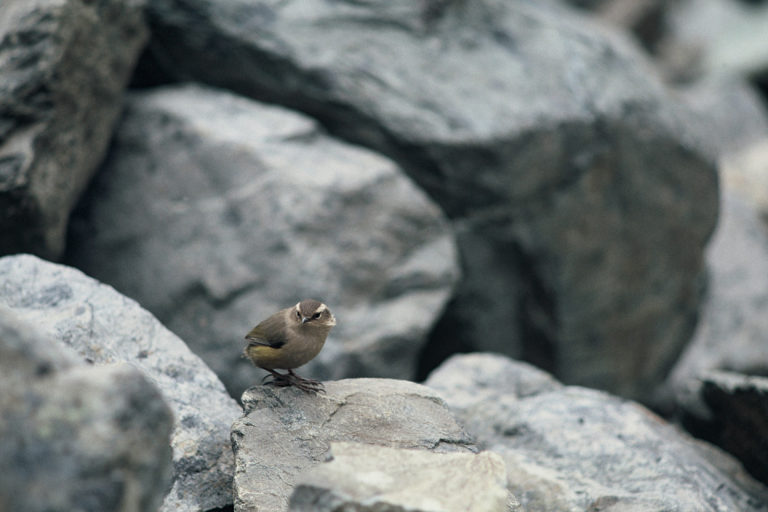
Many people will never see a rock wren. Not everyone makes it up to the alpine and sub-alpine zone and the tiny rock wren doesn’t venture below the treeline. That makes it our only true alpine bird. (Kea and other alpine-living birds do sometimes come down to lower altitude forest, especially in winter.) Rock wren … Continue reading Tiny alpine bird is an avid collector of feathers
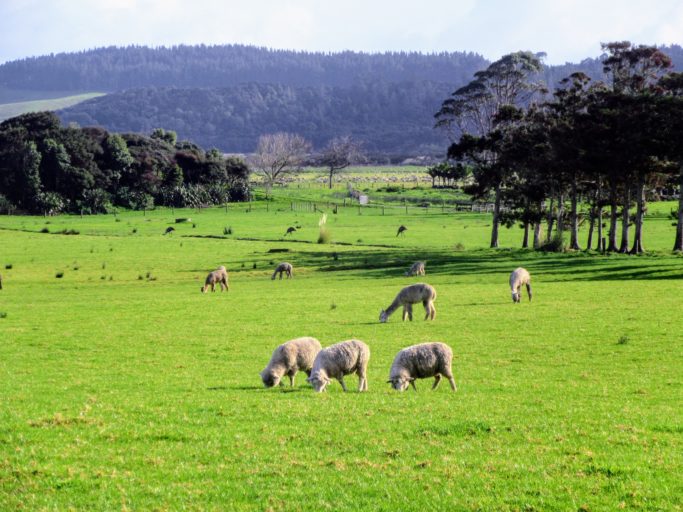
What are New Zealand beef and sheep farmers’ views on managing and protecting native biodiversity on-farm and what barriers do they face to taking positive action? Those were some of the issues investigated in a nation-wide phone survey. Fleur Maseyk and colleagues report on their findings in the latest issue of the New Zealand Journal … Continue reading Researchers survey farmer attitudes to biodiversity
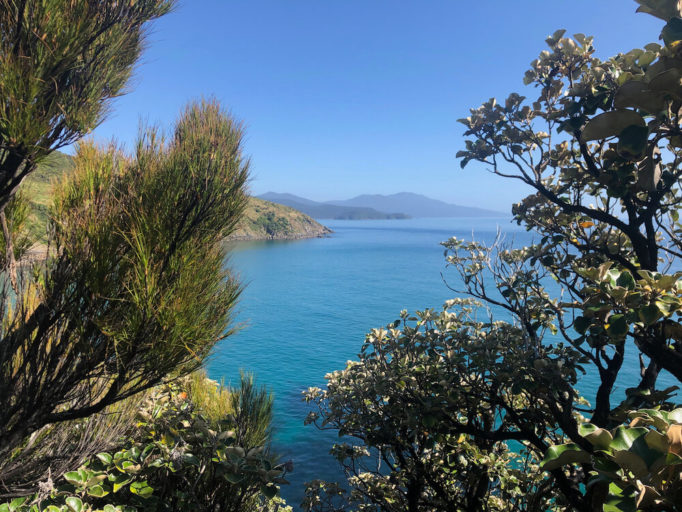
Ernie Mason remembers that growing up, helping his parents break in their farm, he was always a kid for the bush… always hunting. Its a love that’s stayed with him throughout his working life. At 72 years old Ernie is still going strong, working around 15 days per month as biosecurity ranger at Mamaku Point … Continue reading Mamaku Point ranger doesn’t let age hold him back
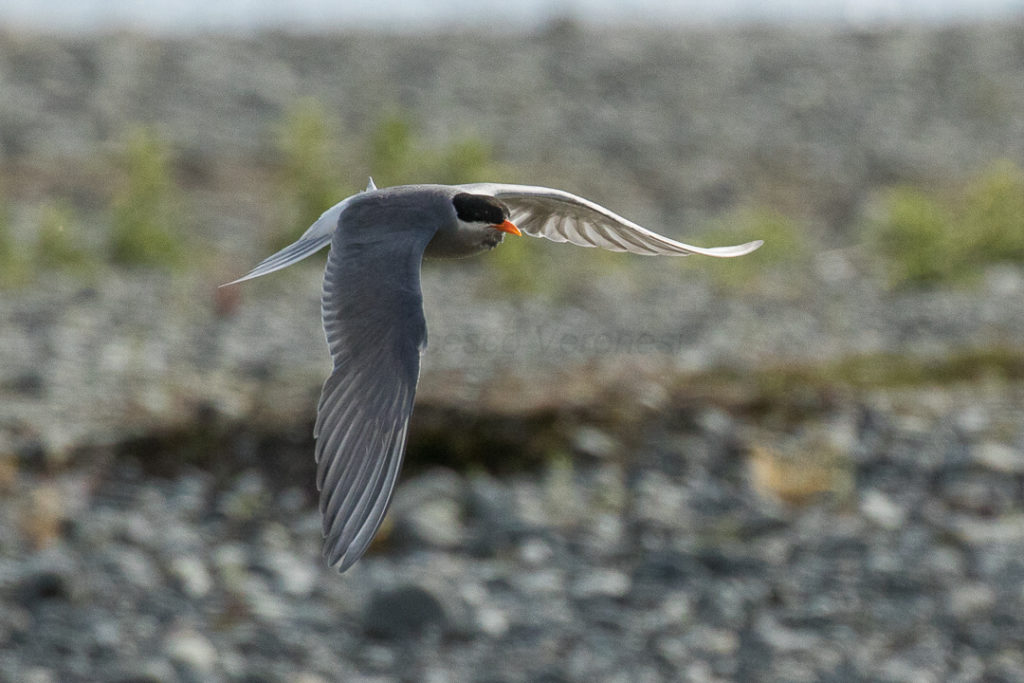
Ground-nesting river birds are tricky to protect. Their eggs and chicks are an easy meal for predators and even though some species, like terns, nest together in colonies, the birds may choose a different stretch of river to nest on from one year to the next. Conservation management on the South Island’s braided rivers would … Continue reading ‘Social attractants’ tested for terns
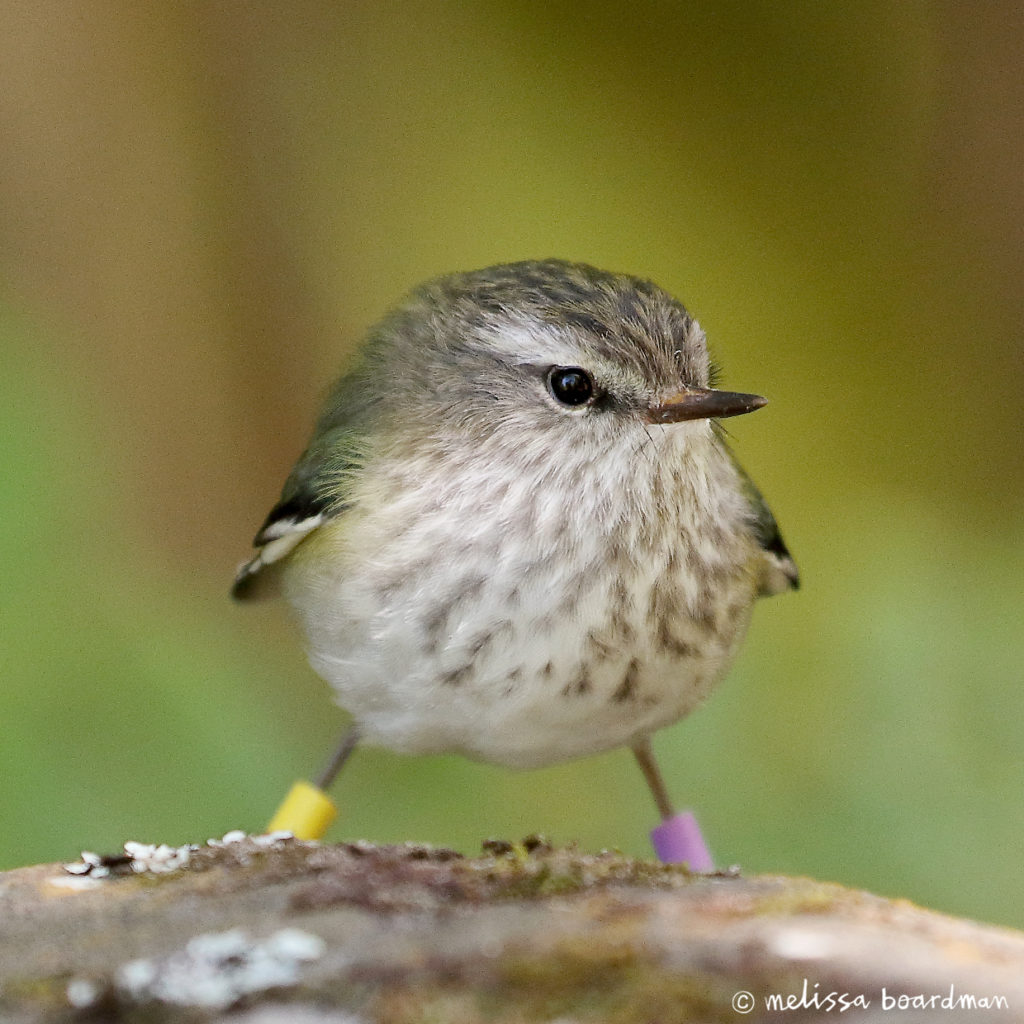
Translocation is an important tool for conservation management – but it comes with risks. The capture and transfer process can be highly stressful to wildlife. Some individuals can and have died. Finding ways to reduce translocation stress can save lives. And the lives that are saved are often those of rare and endangered taonga. So … Continue reading Less stress = translocation success for tiny rifleman
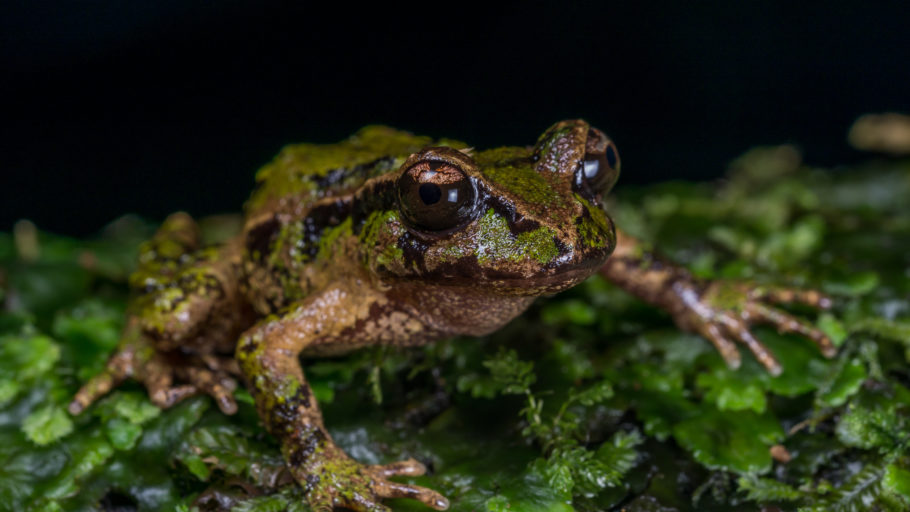
Aotearoa’s amphibians are not your typical frogs. Think of everything you know about frogs and chances are New Zealand’s native frogs do things differently. Frogs croak loudly right? Not ours. Frogs lay eggs that hatch into tadpoles? Nope – our frogs don’t do tadpoles either. Other frogs have slitty eyes but not Aotearoa’s. Their eyes … Continue reading Meet NZ’s very ‘unfroglike’ frogs
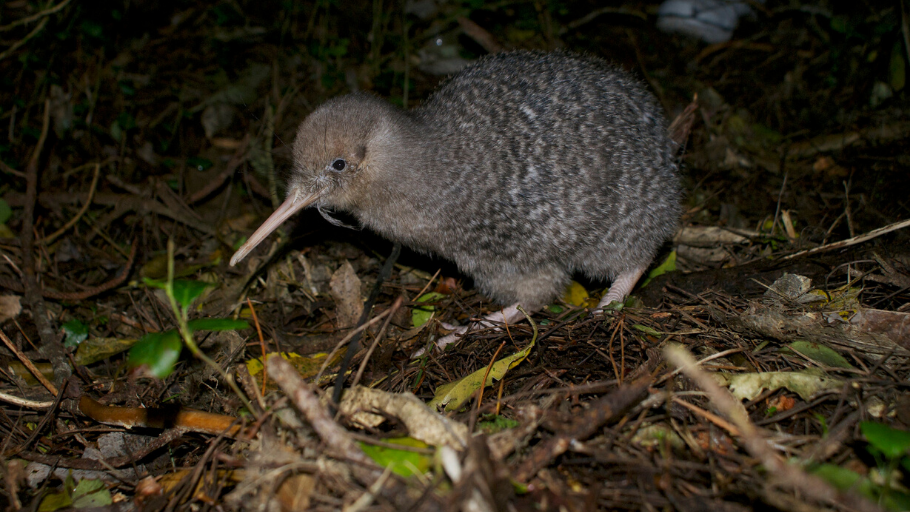
It was human vs hard-drive in Rawhiti, Northland when researchers pitted volunteer bird enthusiasts of various ages and experience against Autonomous Recording Units (ARUs). Senses were pitted against sensors to see who (or what) was best at detecting and identifying calls. Both humans and machines had their strengths and weaknesses, the researchers found. Bird monitoring … Continue reading Know your bird calls – human brain vs hard-drive
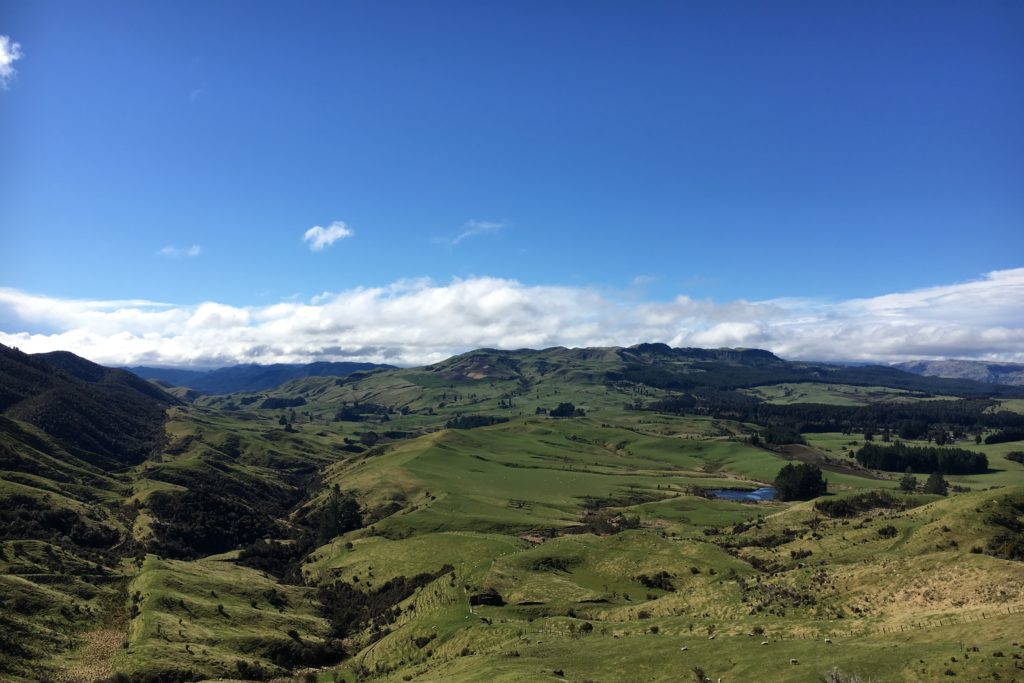
Dan Herries manages Taramoa Station in Puketitiri, Hawke’s Bay, a 564 hectare sheep and beef farm which lies between two significant and beautiful blocks of forest – an 800-year-old, unmilled podocarp forest known as Ball’s Clearing Scenic Reserve and Kaweka Forest Park where once-burnt faces have now regenerated with manuka and softwoods and original red … Continue reading Farm between two forests rich in rare wildlife
Researchers Susan Walker, Joshua Kemp, Graeme Elliott, Corey Mosen and John Innes used 264,457 rodent tracking records collected quarterly from 23,709 tracking tunnel stations in forests across the length and breadth of New Zealand over an 18 year period from late 1999 to late 2016 to get a clearer picture of how ship rat and … Continue reading Rats, mice and 264,457 tracking records shed light on rodent dynamics
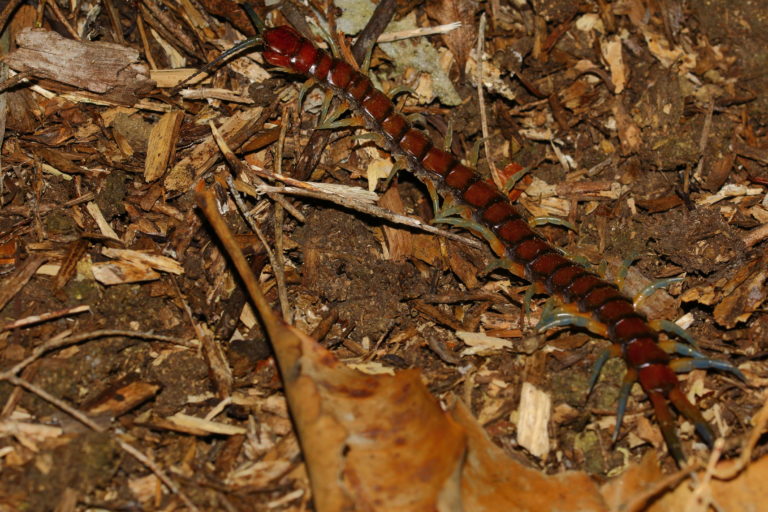
‘Giantism’ is a bit of a thing on isolated islands – Aotearoa/New Zealand once had its giant eagle and giant moa – and we still have a few giants out there lurking in the undergrowth. One of those is our giant centipede (Cormocephalus rubriceps). Some sources say it gets to 16cm in length. Other sources … Continue reading Many-legged giant predator stalks NZ forests
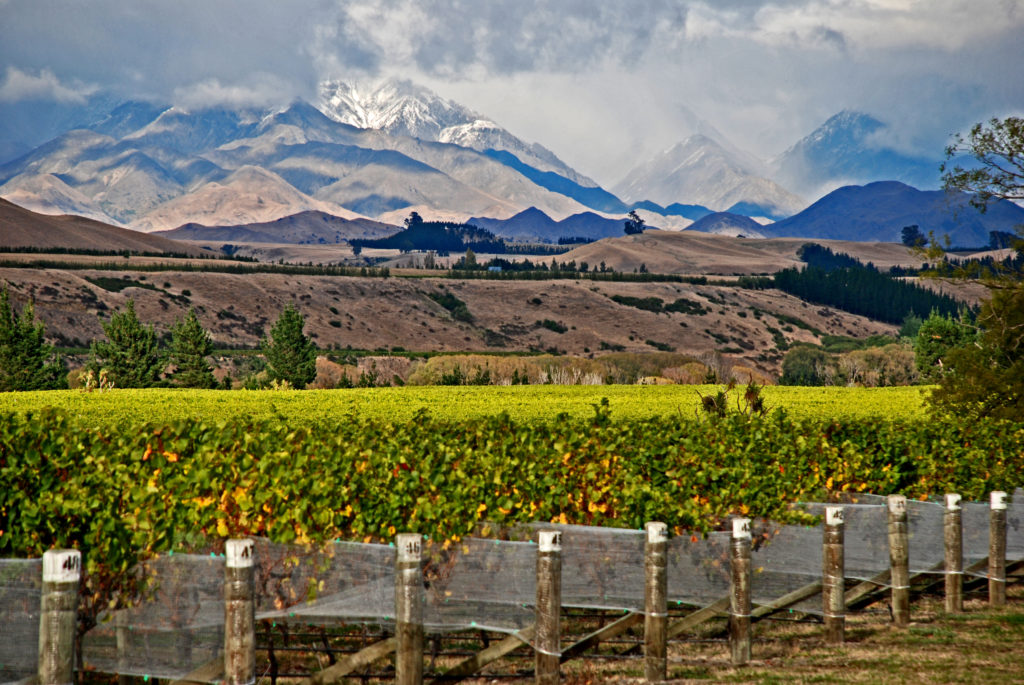
It’s not often you hear of native species benefitting from human modifications of its habitat – but one little-known wētā species has gone against trend and embraced the changes in its world. It’s been nicknamed the ‘wine wētā’ due to its fondness for hanging out in Marlborough vineyards and scientists have recently been trying to … Continue reading ‘Wine wētā’ makes itself at home in Marlborough vineyards
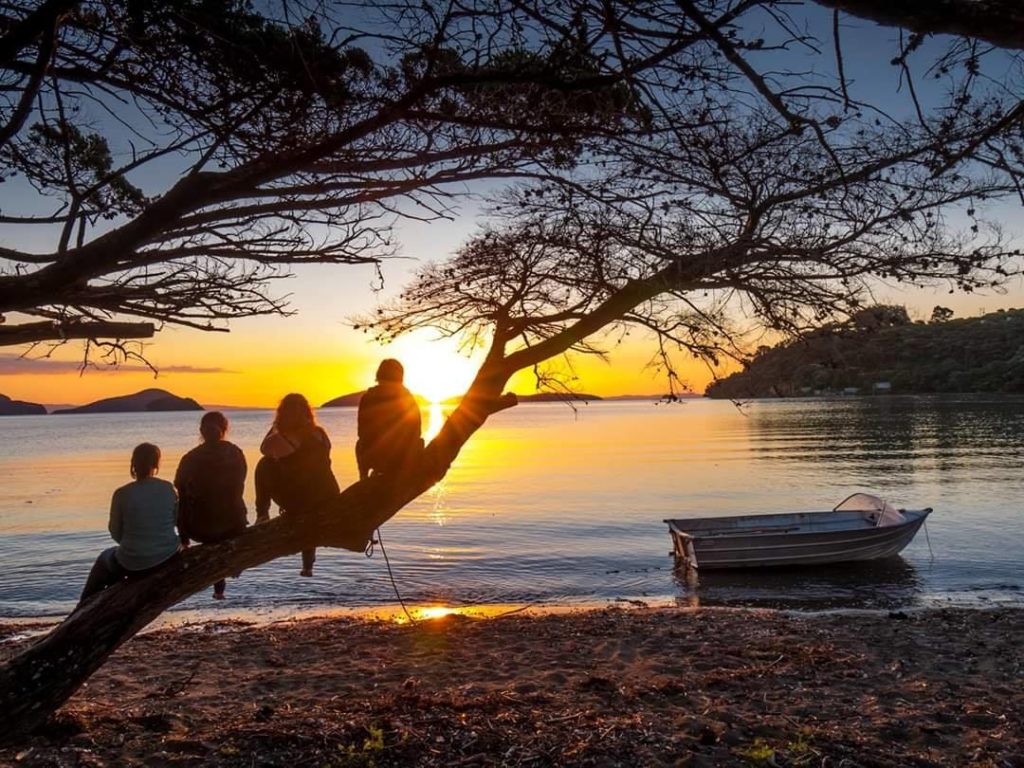
On the Coromandel Peninsula, individuals and organisations are coming together to tackle predators and protect the local wildlife and stunning surroundings. This is just one of their stories. Aaron McFarlane and his family are first-time holiday park owners. “My parents bought Shelly Beach TOP 10 Holiday Park about 3 years ago,” Aaron explains, “The beachside … Continue reading Aaron and Raine team up to tackle predators at Shelly Beach
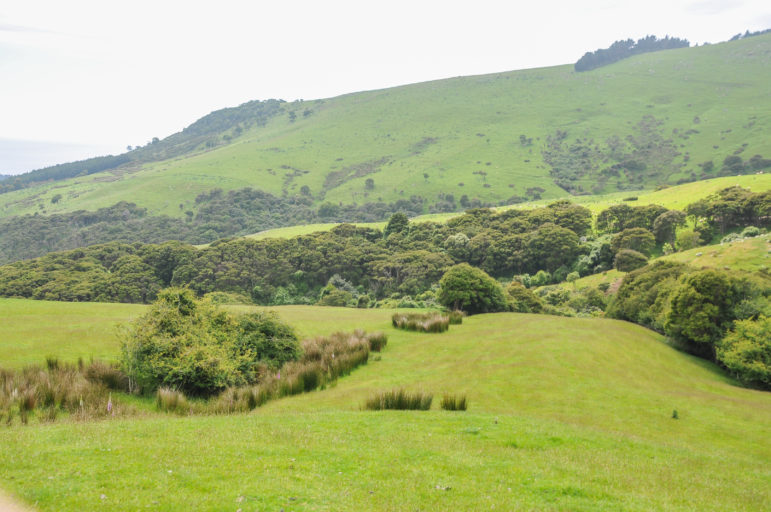
Wetland areas and covenanted bush blocks on farms have a clear ecological value, but do they have an economic value as well? The answer is yes. But that leads to another question. How can you assess the economic value of an area of wetland or remnant forest that isn’t producing saleable crops or providing grazing … Continue reading When economics meets ecology – assessing the ‘ecosystem services’ of farmland
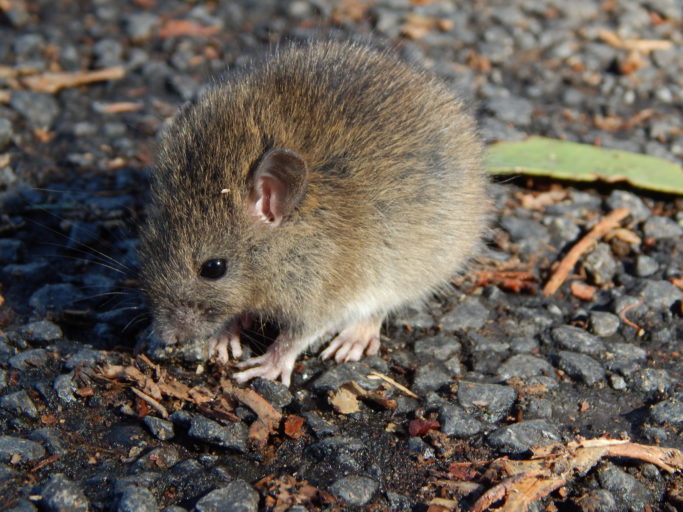
The kiore is Aotearoa’s first, smallest and sometimes overlooked rat. It was also our first introduced mammal predator, arriving about 750 years ago with seafaring Polynesian explorers. Because of its arrival history, the kiore is considered both a threat to our native taonga and also a taonga itself – an unusual position for any New … Continue reading Study looks at kiore when rival rat species absent

When you remove predators from islands and restore forest habitat, the expectation is that native forest birds will flourish and that the new ‘improved’ conditions may favour native birds over introduced species. But is that what happens? Researchers John Ralph, Carol Ralph and Linda Long looked at how bird populations on the seven islands and … Continue reading Tūī numbers treble in predator control study
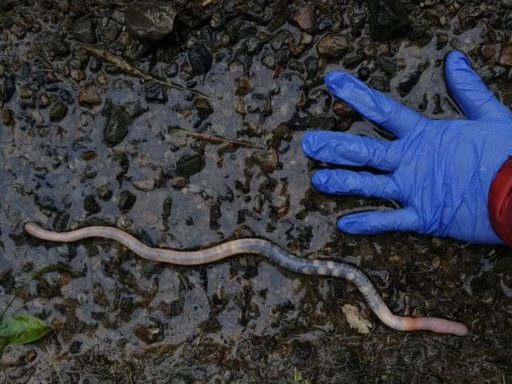
Aucklanders, next time you go for a walk in the forest, spare a thought for what might be living just below your feet. For instance, there’s a giant earthworm that grows to over 1 metre long and glows in the dark. It’s the stuff of science fiction – but it’s real! It’s commonly known as … Continue reading Underground giant glows in the dark but is rarely seen
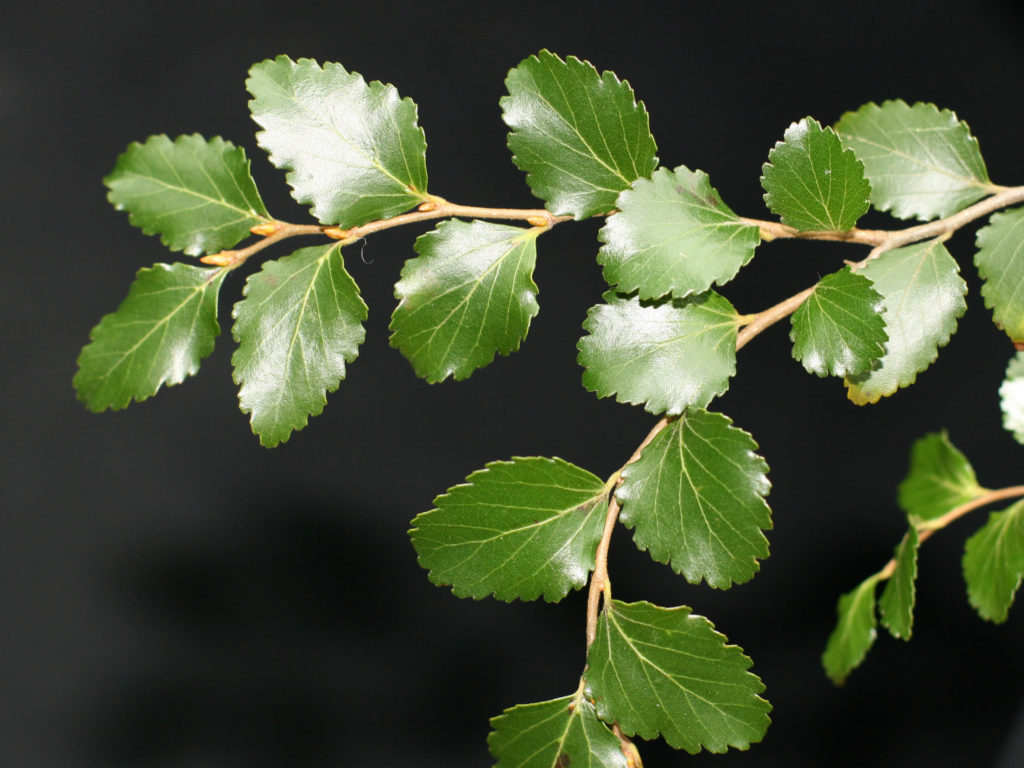
In the past there’s been some uncertainty over the effectiveness of large-scale aerial 1080 operations to control mice and little is known about its effect on hedgehogs. Recent trail camera monitoring of mammal predators before and after a control operation in the Blue Mountains, West Otago, suggests the operation not only controlled rats, stoats and … Continue reading Blue Mountains study shows 1080 effective – even for hedgehogs, mice
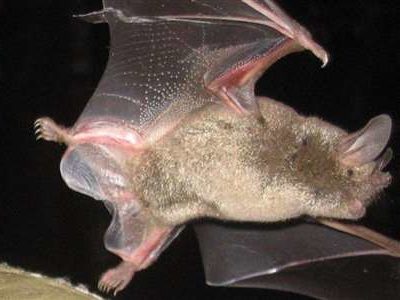
University of Auckland researchers, James Brock and Kathleen Collier, have discovered yet another reason why we really should appreciate our native bat species. It seems short-tailed bats have a role to play in spreading fern spores throughout the forest, helping the spores to spread a greater distance than they might otherwise manage without a helping … Continue reading Native bats may have fern dispersal role
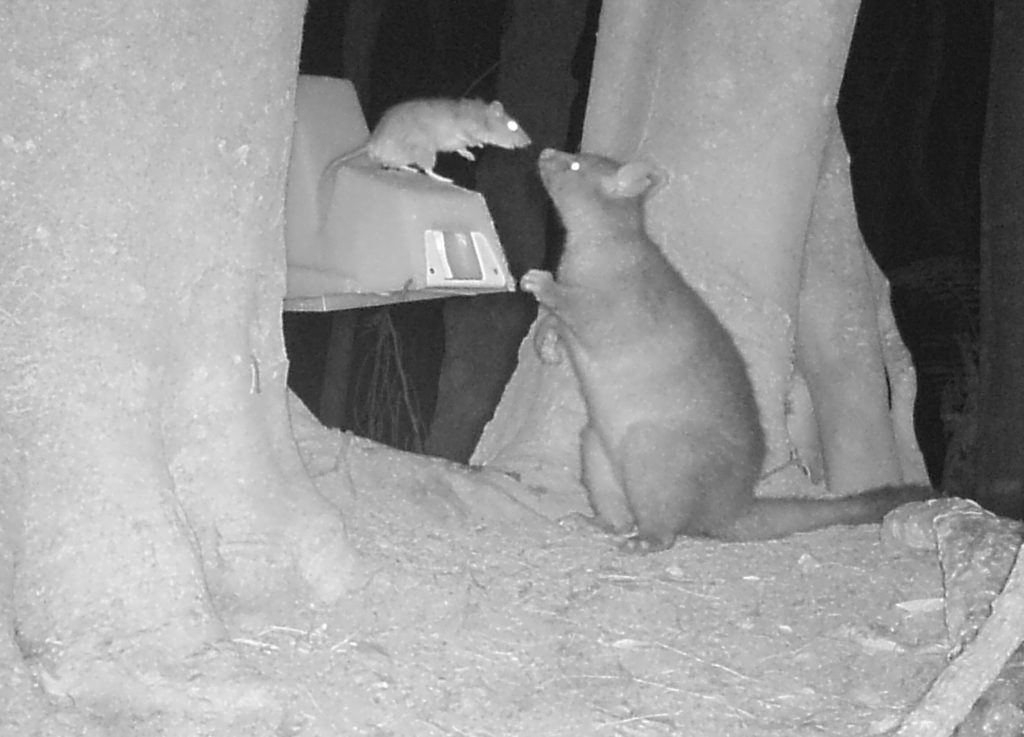
Traps need a powerful spring mechanism to kill humanely and that can make them difficult and a bit daunting to set, especially traps designed for larger pests and predators like possums and ferrets. Dave Edwards is a retired engineer, long-time community trapper (for Bay of Plenty kiwi and kōkako groups) and an innovative investigator. After … Continue reading Dave Edwards aims to make Sentinel possum traps more user friendly
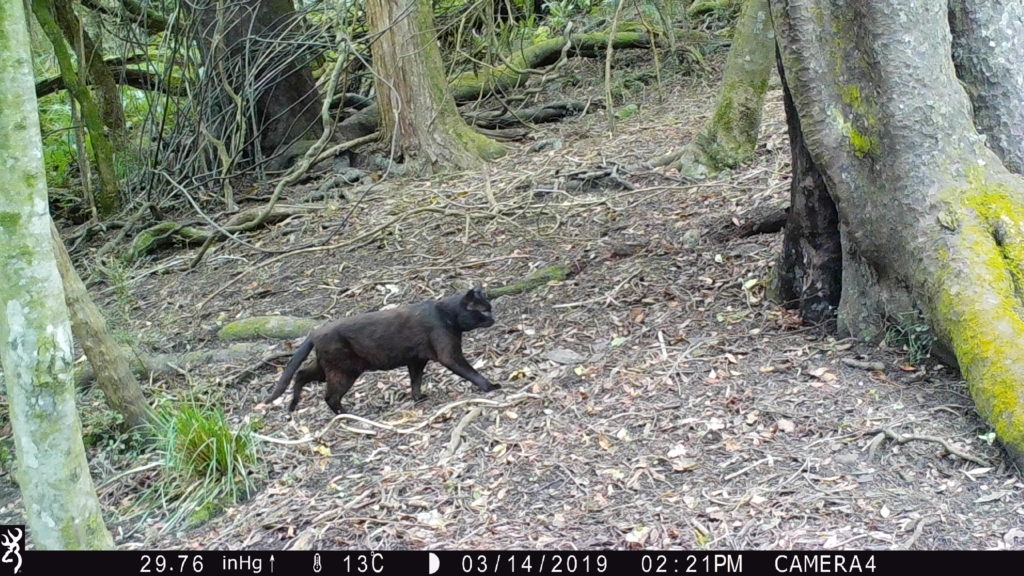
Feral cats are nocturnal, elusive creatures and can cover a lot of ground. They can range up to 6 kilometres, making monitoring difficult. So how do you go about detecting them? Camera traps are a useful, non-invasive way to determine whether you’ve got feral cats in your reserve. But most monitoring budgets don’t allow a … Continue reading Catching feral cats on camera
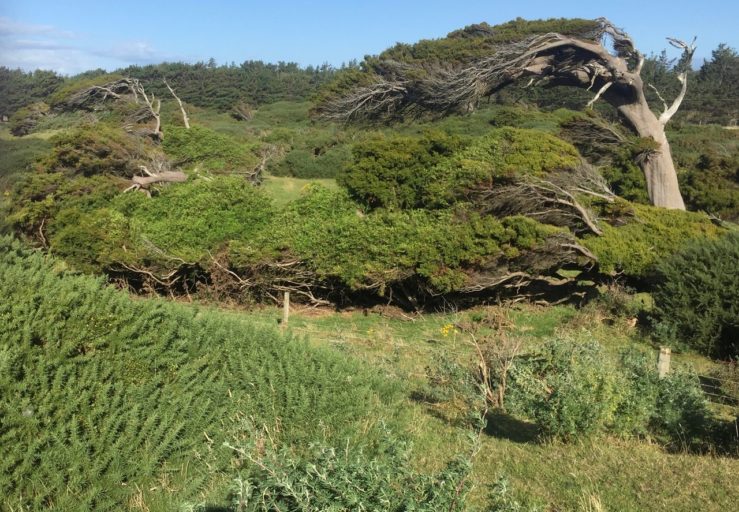
In the far south of the South Island, in Otatara, Southland, there is a totara dune forest where ancient trees bend and twist and brace themselves against the prevailing winds. Sculpted by the winds, they grow in unusual shapes on the higher parts of the dry sand dunes. “Totara dune forests are unusual and pretty … Continue reading Ancient totara dune forest becomes new Southland reserve
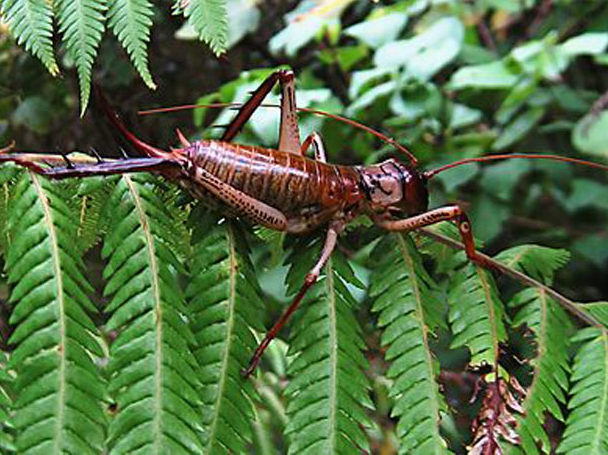
Wētā are one of our most studied insects and are regarded as ‘bioindicators’ of the health of forest ecosystems. So when introduced predators – including mice – were removed from Maungatautari, the response of the local wētā population was followed closely by researchers. But how well does the wētā response reflect what’s happening to other … Continue reading Study compares beetle and wētā responses to mammal eradication
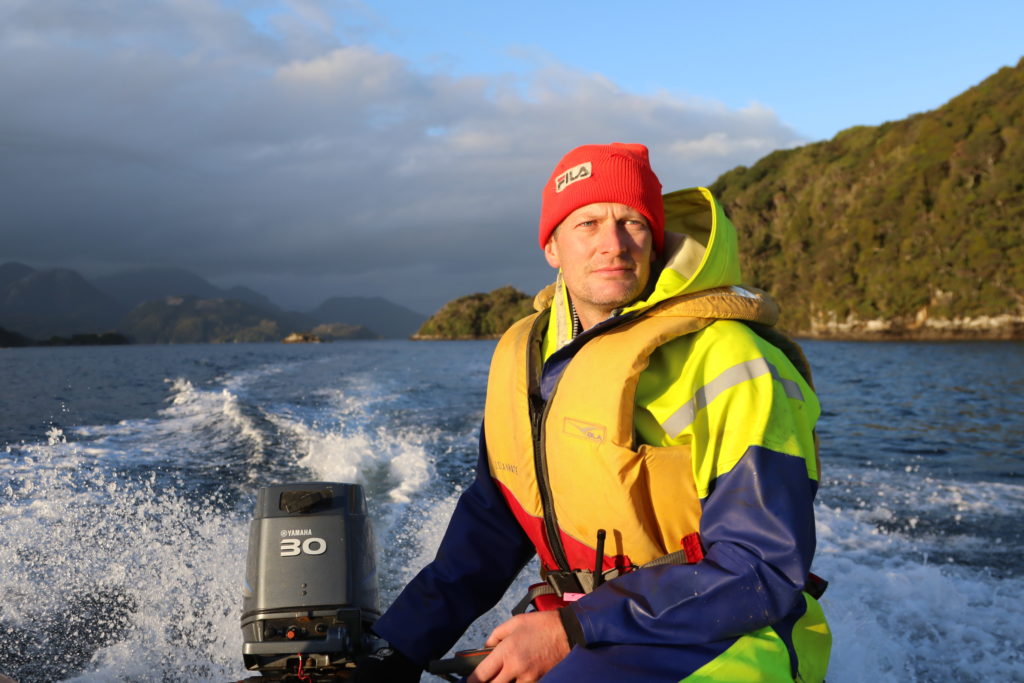
When the Resolution Island Stoat Eradication Programme began in Dusky Sound, Fiordland in 2008 no-one said it would be easy and, 12 years later there are still stoats on Resolution. But Department of Conservation biodiversity ranger, Peter McMurtrie, won’t be giving up any time soon. “There are two issues, Pete explains. “Firstly, there are some … Continue reading No easy answers, but eradication efforts ongoing for Resolution Island
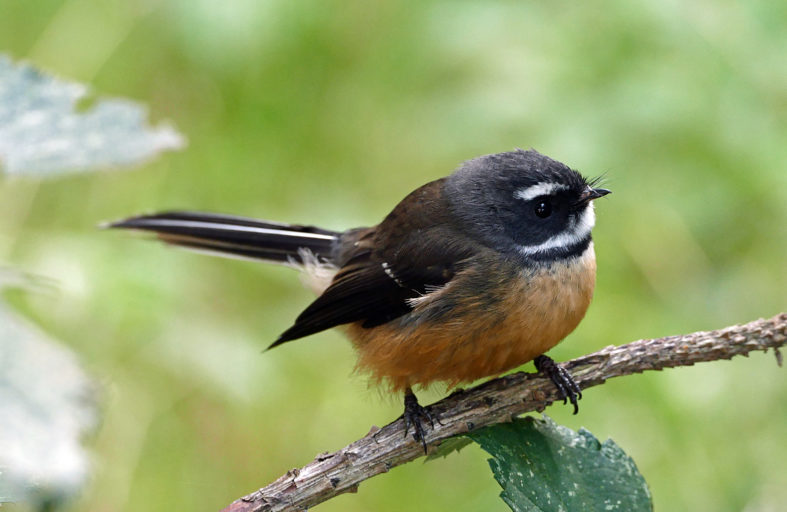
Should we be making a greater effort to use Māori bird names in science communication and environmental reporting – promoting their wider everyday use in the community? The answer seems an obvious yes! If fact we already have tūī, kea and kākā, for example. So what’s stopping us? Priscilla Wehi, Lyn Carter, Te Waiarani Harawira, … Continue reading Putting the case for using Māori bird names
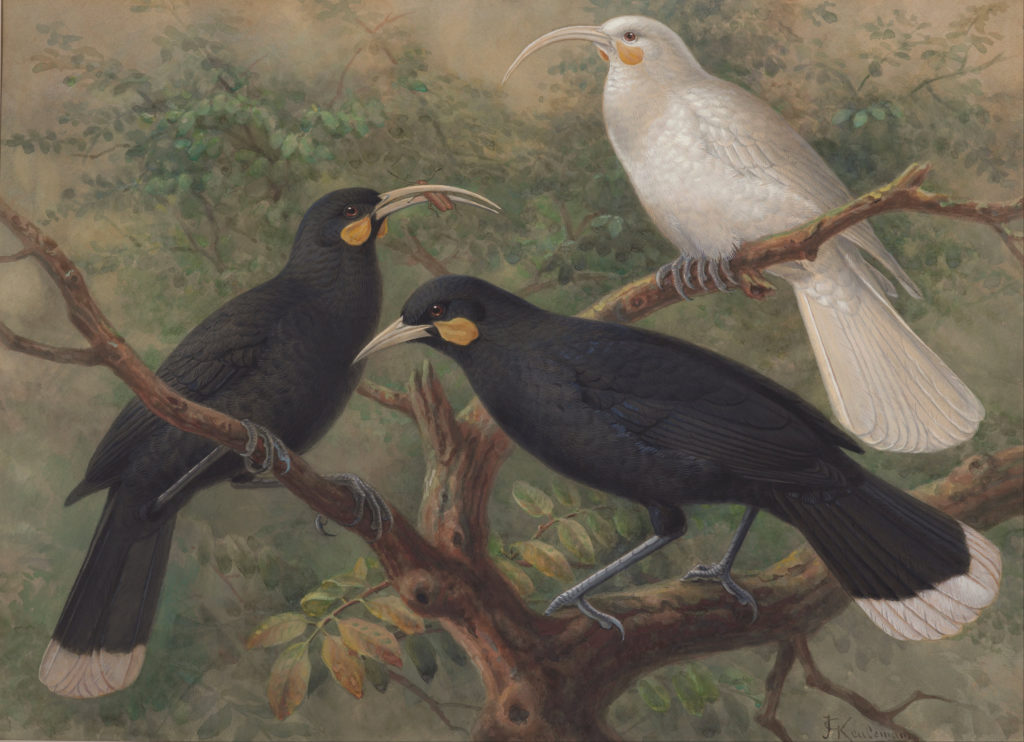
How much would you pay for a feather? In 2024 a single huia tail feather sold at auction for NZ$46,521 – making it the world’s most expensive feather ever. This article was updated in 2024 to reflect the most recent auction of a huia tail feather. The popularity of the huia’s bold black and white … Continue reading World’s most expensive feather symbolises huia’s fate
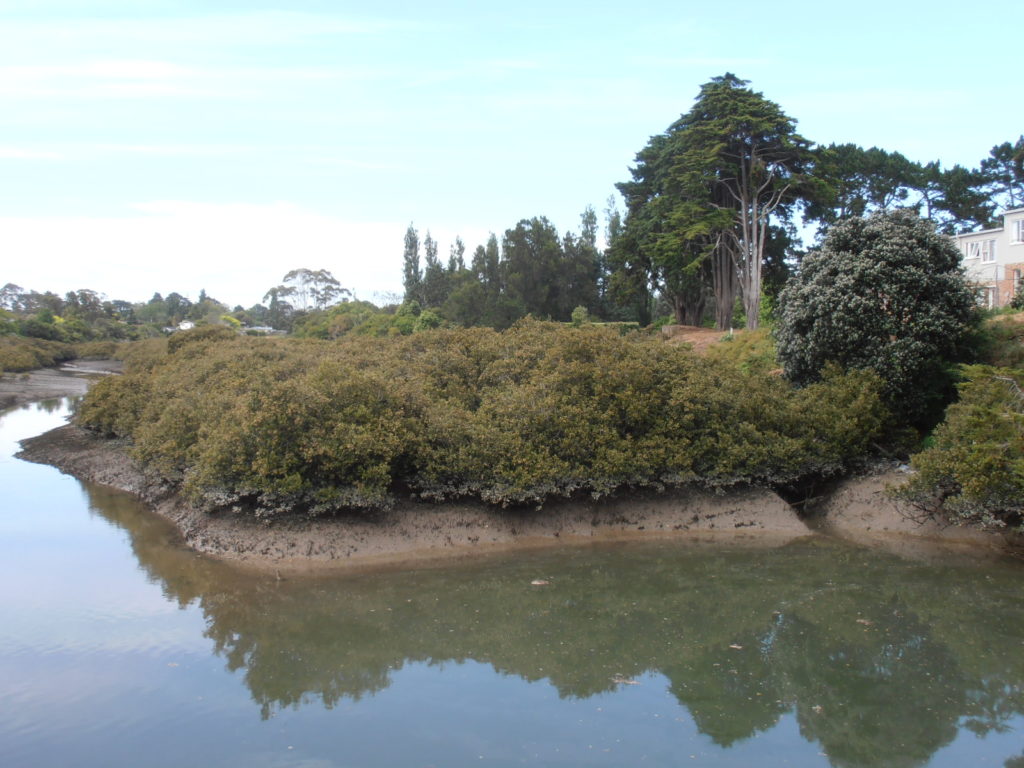
What do we know about New Zealand’s mangroves? Not nearly as much as we know about our forests and many other habitats. Their changing tidal environment makes mangroves a difficult location for research and perhaps we just don’t care about our mangroves as much as we do about our forest trees. Researchers from the Auckland … Continue reading Uncovering the secret life of urban mangroves
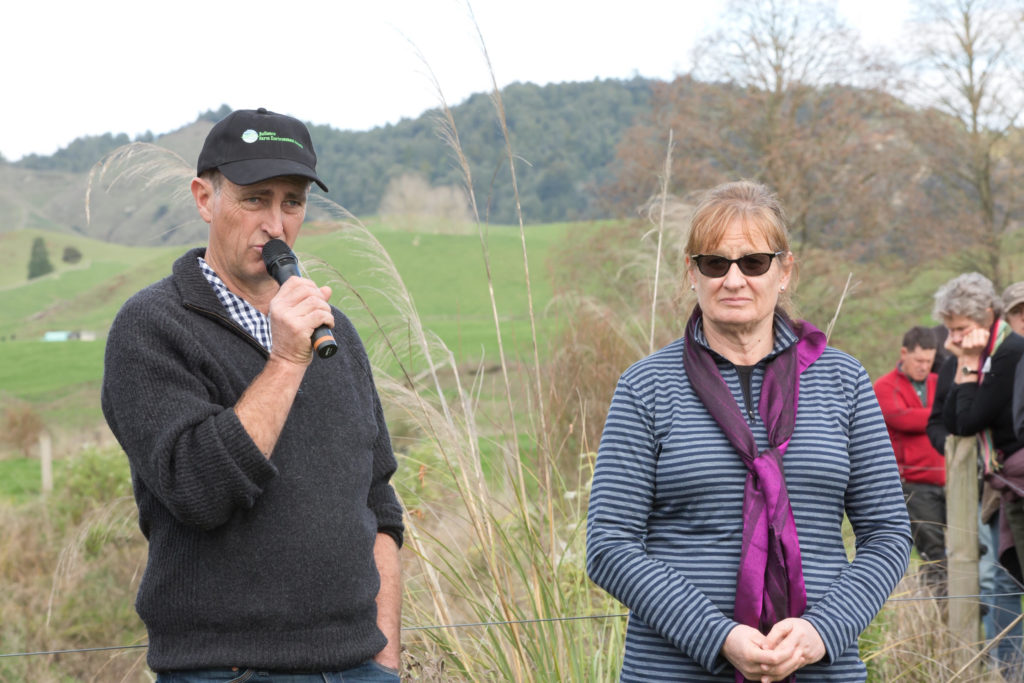
Mark and Felicity Brough have created a biodiversity map of their sheep and beef farm at Paerua near Waitomo, in the central King Country. It shows where on the farm their resident falcons are nesting, which streams have kākahi (freshwater mussels), where longfin and shortfin tuna are found and where the glowworms live. “Two or … Continue reading Farm biodiversity map highlights falcons, kākahi and glowworms
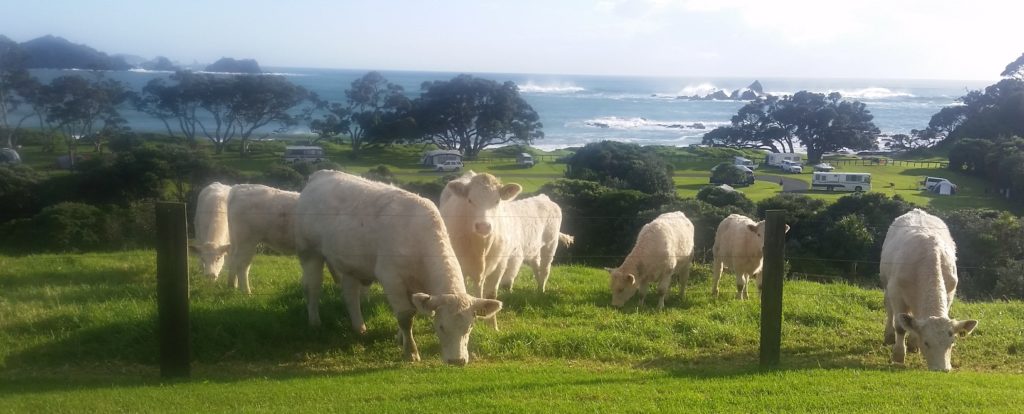
‘Rules stifle innovation,’ say researchers looking at how we can achieve win-win outcomes for pastoral farming and biodiversity conservation in New Zealand. “To obtain win-win outcomes for biodiversity conservation, pastoral farming and New Zealanders generally, we need to avoid letting our policy systems (national, regional and district) fall back on a strict rules-based approach. This … Continue reading Biodiversity and farming – achieving win-win outcomes
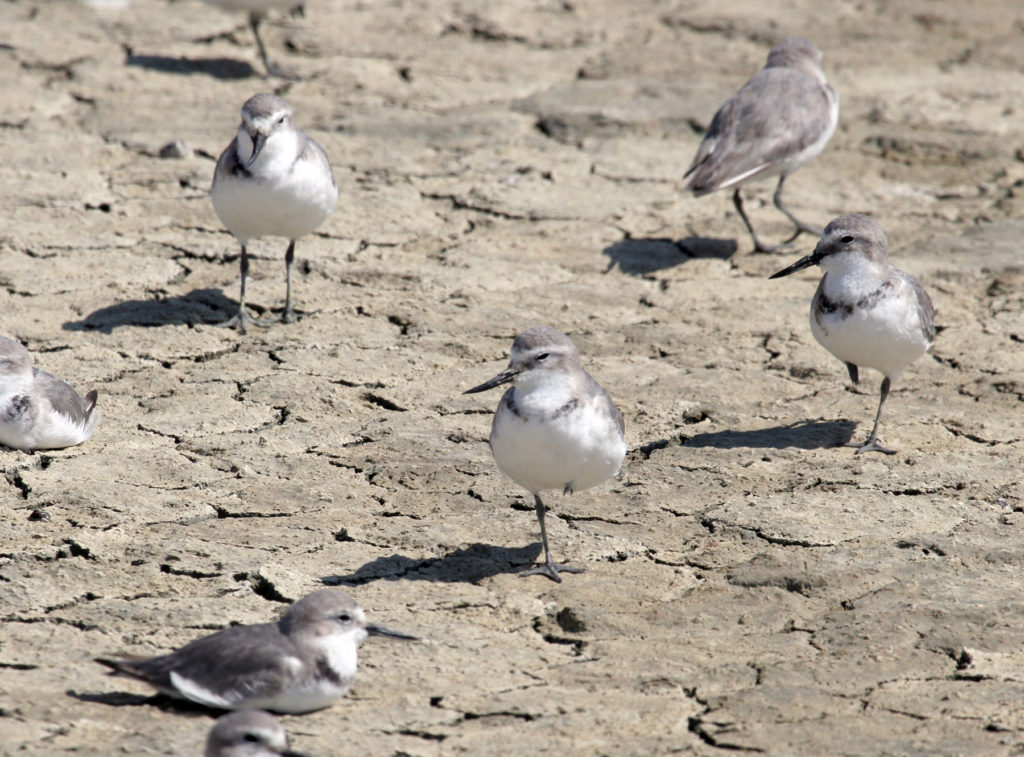
It hasn’t got the huge international fanbase of the kākāpō, the show-stopper song of a tūī, bellbird or kōkako or the national icon status of kiwi. Ngutuparore – the wrybill – is a modest little river plover that no-one takes much notice of. But the wrybill’s got something that’s not found in any other bird … Continue reading Little bird has bend in beak
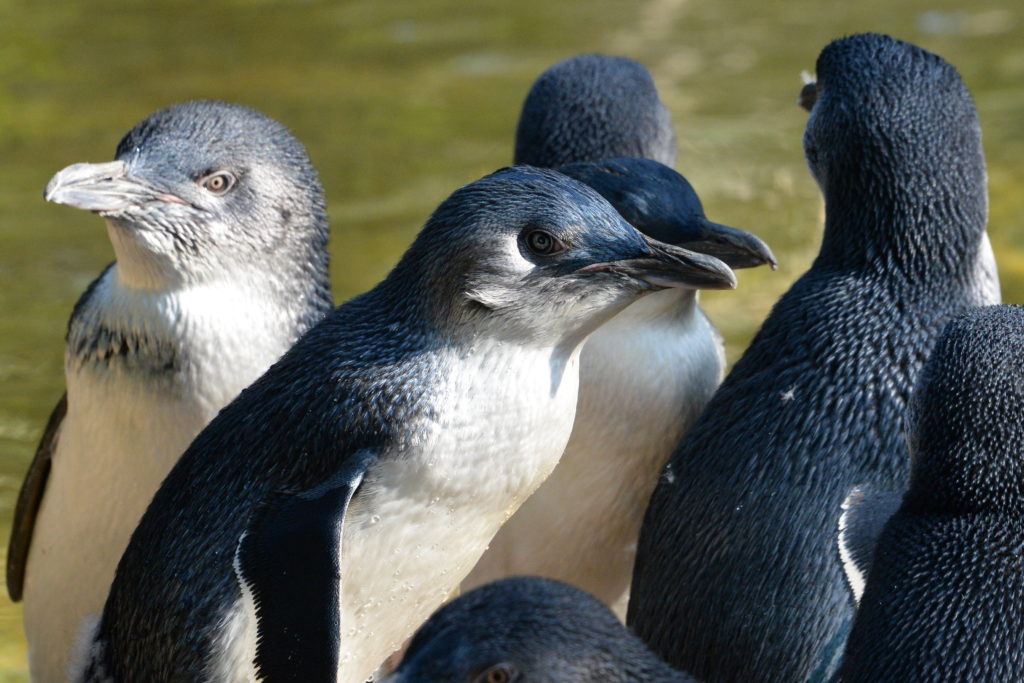
Little penguins in Kaikōura have been doing their bit to try and keep species numbers buoyant – with multiple nesting per breeding season and some birds even resorting to a bit of partner-swapping. It all helped bring successful fledgling numbers up to 1.66 chicks per pair, according to researchers, Lindsay Rowe, Jody Weir and Alastair … Continue reading Little penguin breeding success includes ‘triple brooding’
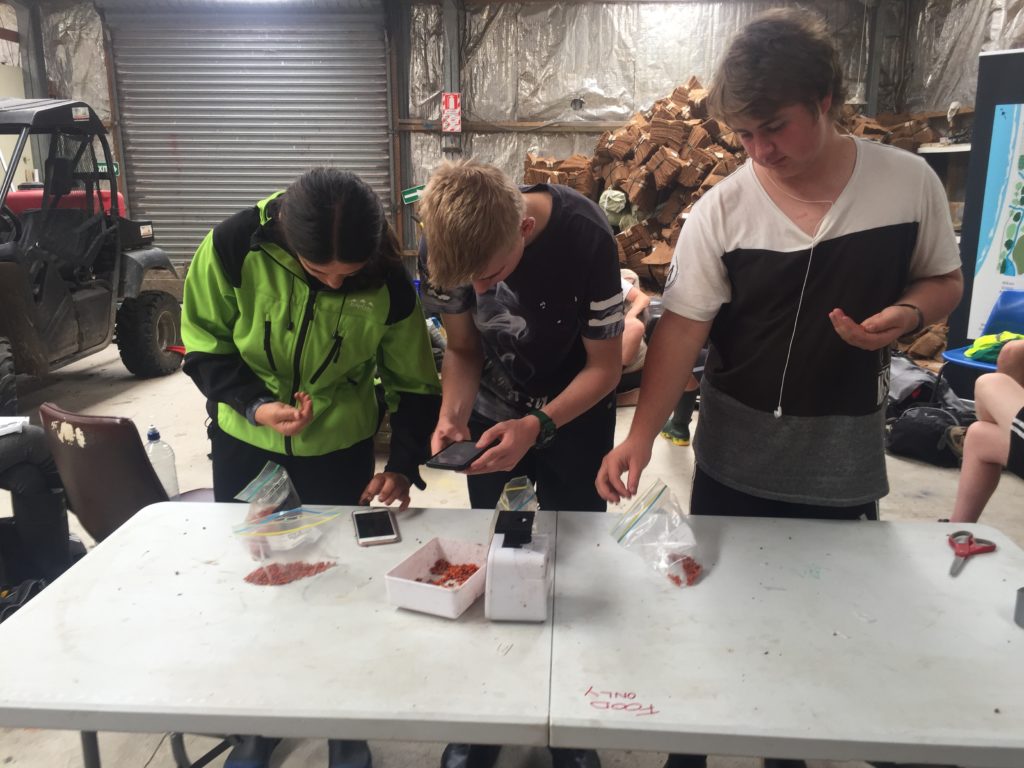
Friday is a big day for 13 students at Greymouth High School – and not just because it’s the last school day before the weekend. On Fridays the students spend all day studying Conservation for NCEA Level 3 with teacher Lara Thompson. And that means they often get to study outside the classroom. “Not all … Continue reading Greymouth course builds a passion for conservation work
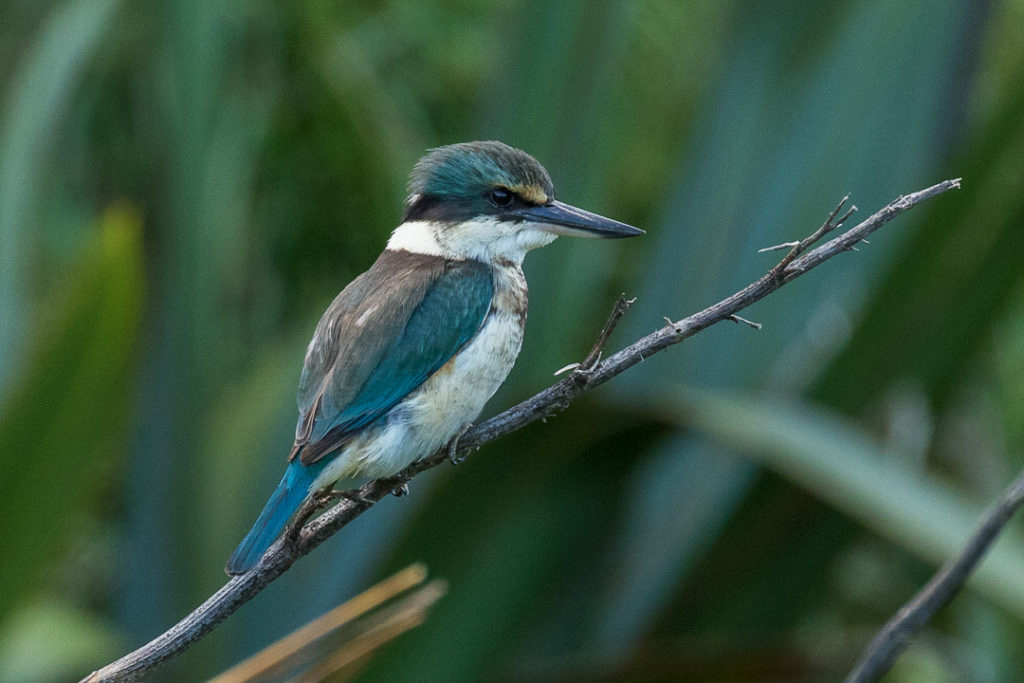
Feeding backyard birds is popular in New Zealand – one recent study revealed up to half of us feed the birds in our gardens. It’s usually the seed-eaters and sugar-water sippers that benefit. No-one seems to have invented a feeder for birds that catch their food on the wing – the insectivores like fantails and … Continue reading Kingfisher cashes in on bird feeder
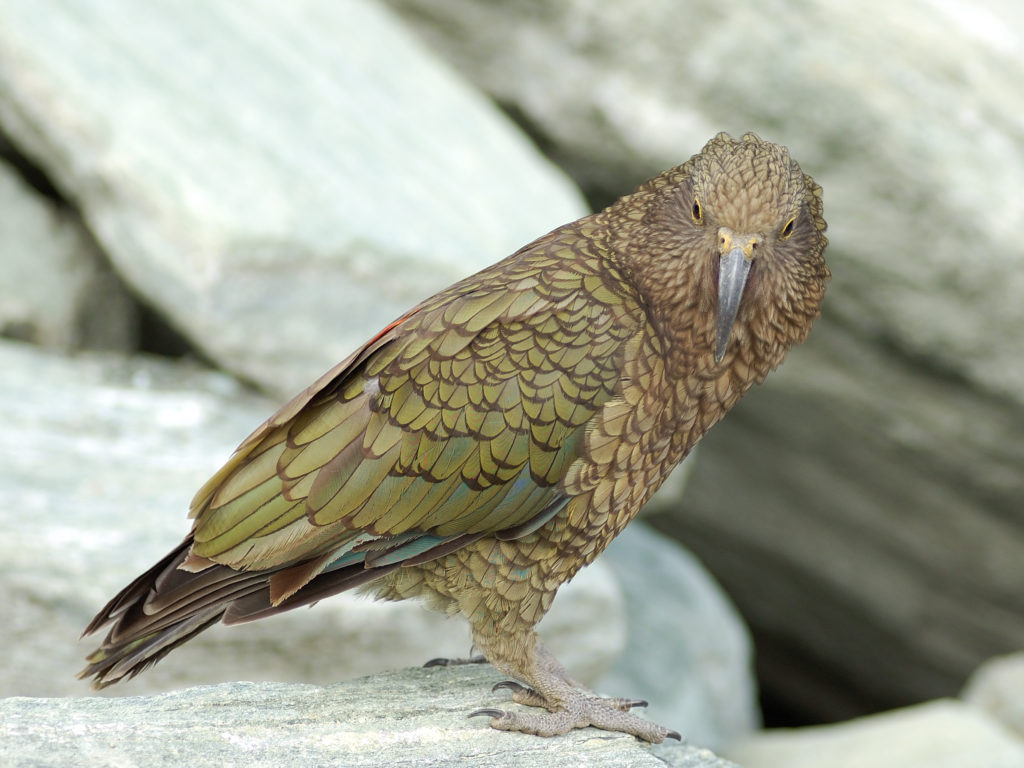
Kea are known to be smart and the more we learn about them, the smarter we realise they are. But did you know kea can do maths? Yes – it turns out that kea are pretty good at basic mathematical statistics – especially when it comes to calculating the odds of getting the reward they … Continue reading Kea demonstrate their maths skills
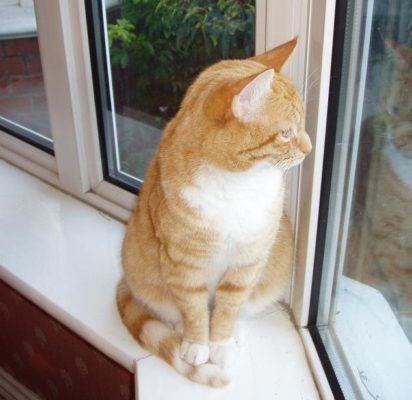
Barbara Clarke’s cats, Sammy and Smudge enjoy a fantastic view over the Pukawa bush reserve from their favourite sunspot on the deck. But because they’re indoor cats that’s as close as they get to the rich birdlife and insect life in the adjacent forest. Pukawa is located roughly halfway between Turangi and Taumarunui. Barbara and … Continue reading Fenced in felines – keeping cats and wildlife safe
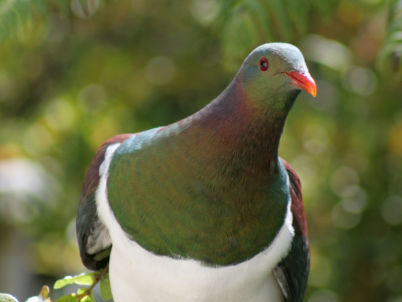
How might traditional concepts and values of kaitiakitanga be included more holistically in urban restoration projects? Authors Erana Walker, Priscilla Wehi, Nicola Nelson, Jacqueline Beggs and Hēmi Whaanga discuss what kaitiakitanga means, its significance to Māori and the contribution kaitiakitanga can make to improve urban environmental outcomes. Their article was recently published in the New … Continue reading Kaitiakitanga and urban restoration
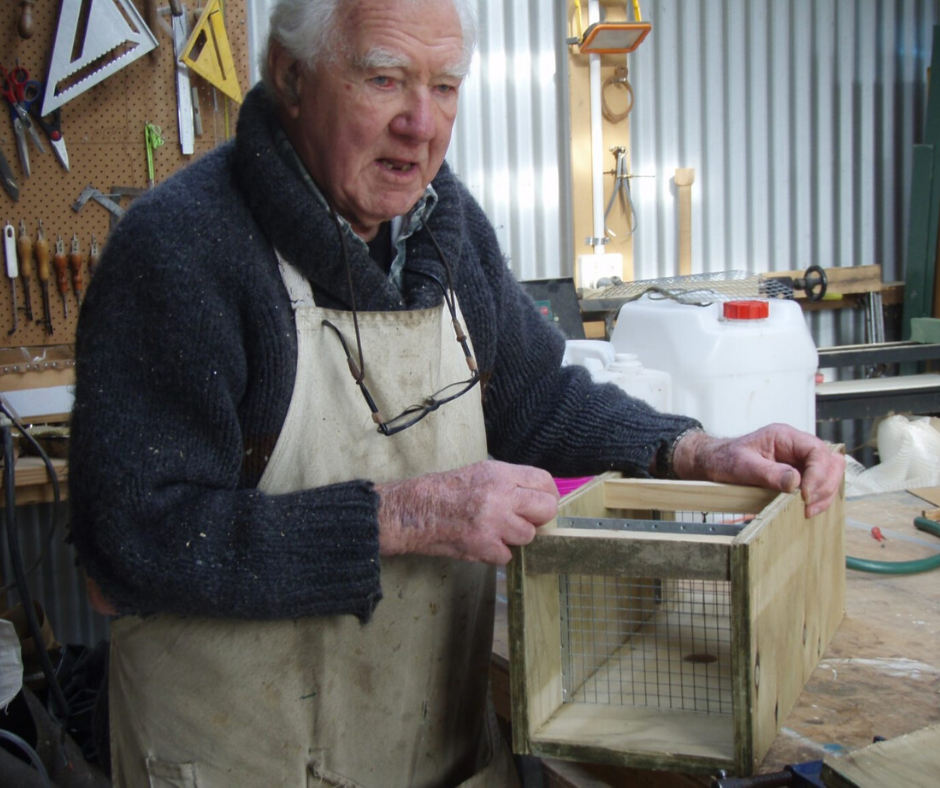
While others may have been more idle than usual during the recent COVID-19 Lockdown, 97-year-old Peter Whitehead was busy in his workshop building trapboxes to help protect the local yellow-eyed penguins – and he’s still busy. “I’ve made about 85 to 87 so far,” he says. “I’ve got 11 ready and waiting to be collected … Continue reading 97-year-old comes to aid of Moeraki penguins
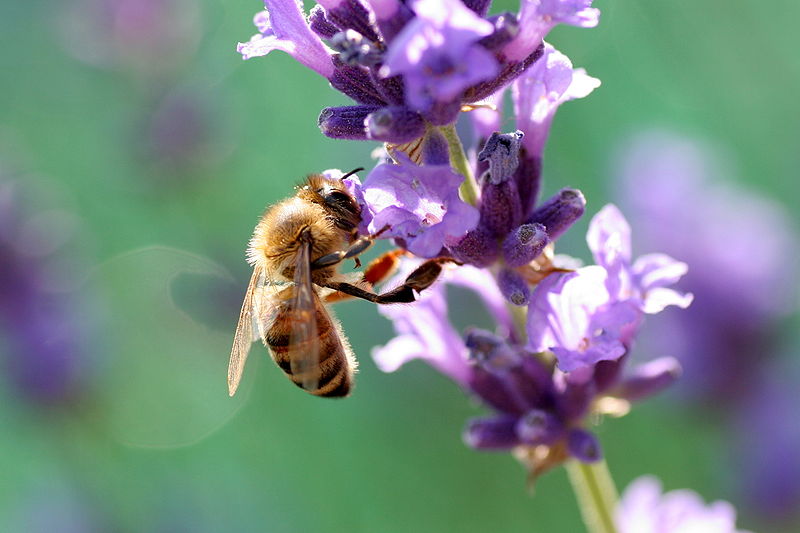
Home gardens collectively make up a big chunk of the total green space in our cities, which means they have huge potential to support urban diversity. So how do we encourage more people to become wildlife gardeners? University of Otago researchers Yolanda van Heezik, Claire Freeman, Katherine Davidson and Blake Lewis invited residents of two … Continue reading Otago researchers look at uptake of wildlife gardening
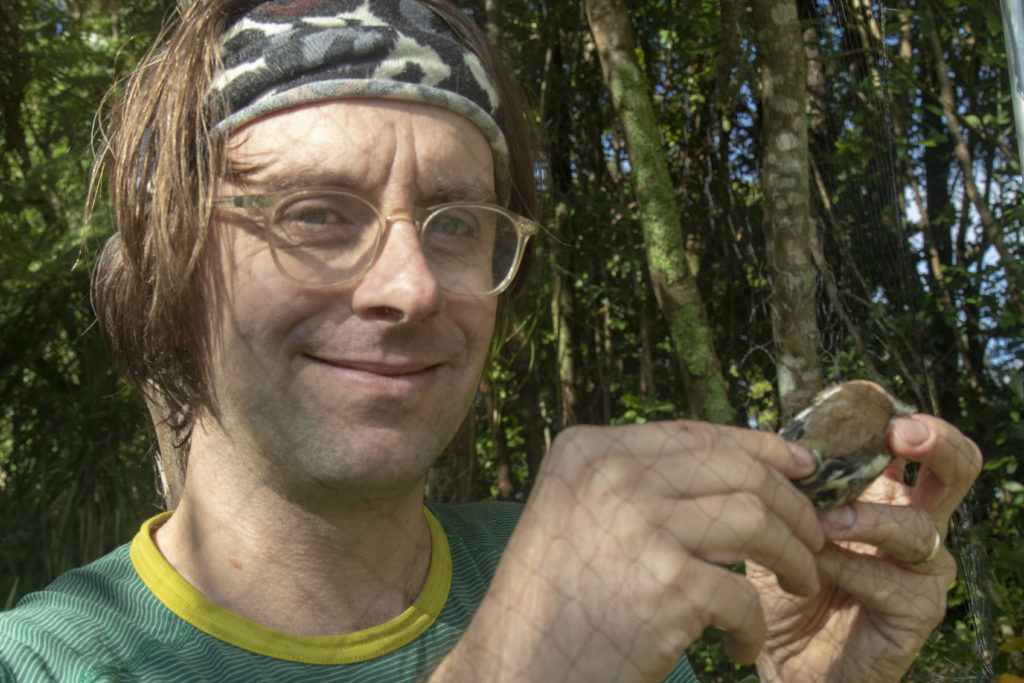
Have you got a resident fantail that hangs out in your garden? Are you sure there’s just the one? When Auckland University’s Dr James Russell banded the birds in his home garden he was amazed to find his ‘resident pīwakawaka’ was actually 36 different fantails all visiting his garden at different times. It all began … Continue reading Lockdown project reveals abundance of backyard birds
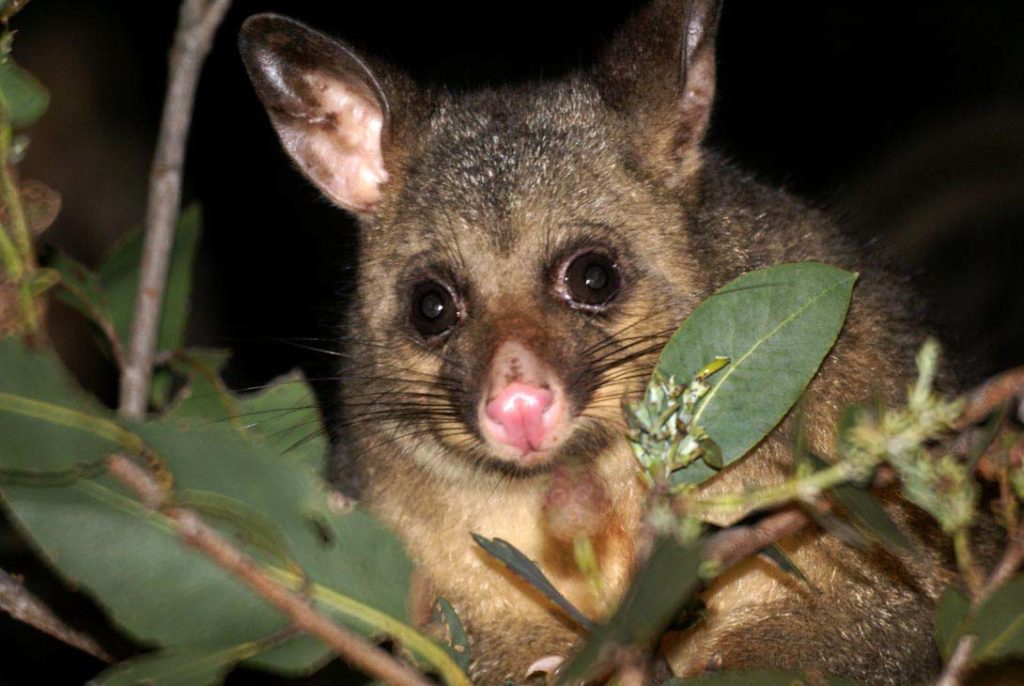
When researchers tested a dual baiting regime on ship rats back in 2016-2017, they also made some interesting observations about possum behaviour in their study area. Could dual baiting be adapted to overcome the bait-shy behaviour of possum survivors too? Department of Conservation and Landcare Research scientists, Graham Nugent, Richard Clayton, Bruce Warburton and Tim … Continue reading Dual 1080 bait switch solves bait-shy possum issues
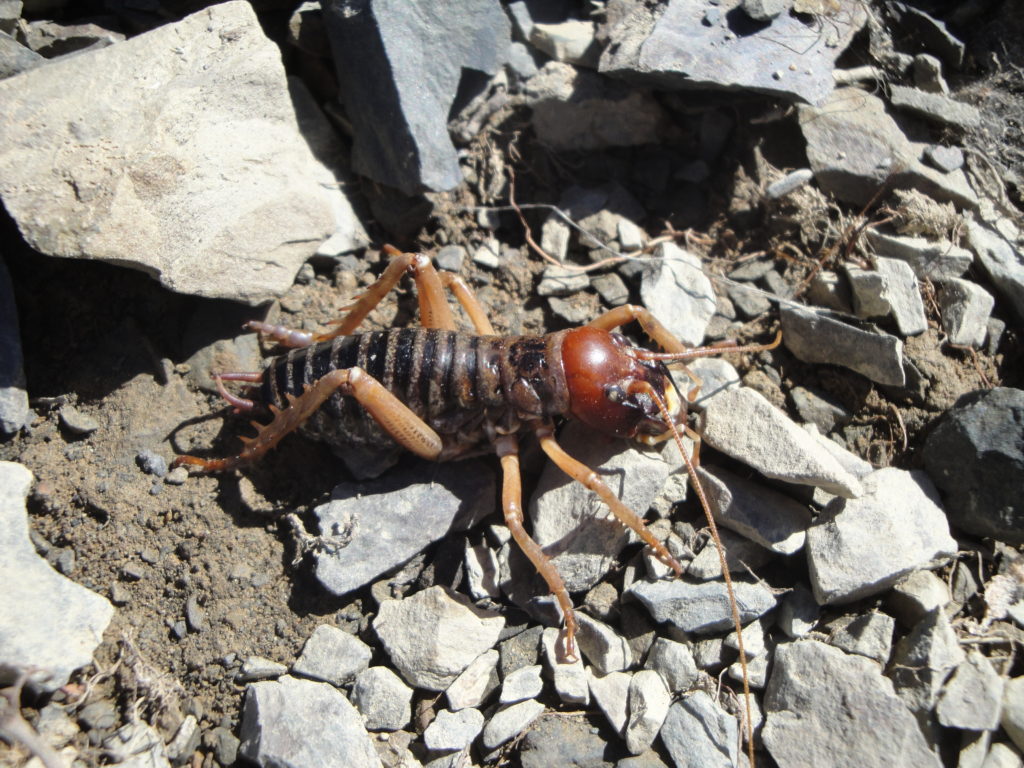
What am I? I lie on my back and play dead with my legs in the air and jaws wide open to fool predators – and if that doesn’t work, I scratch, bite and vomit on them. I’m tough – so tough that when things get icy in my mountain home, my whole body can … Continue reading Marvellous, mysterious, amazing – what is this strange creature?
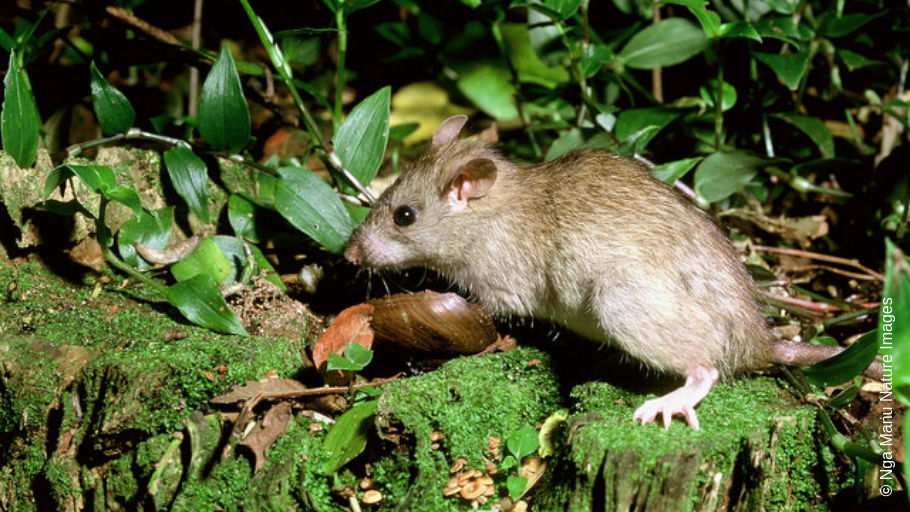
How far might young rats disperse if they find themselves in a place with few other rat competitors? It’s an important question, with implications for deciding what surveillance is needed to detect invasions in predator-free islands, sanctuaries and ultimately, large predator-free mainland areas. But to find out how far rats disperse you need to release … Continue reading Rats on the move – how far do they disperse?
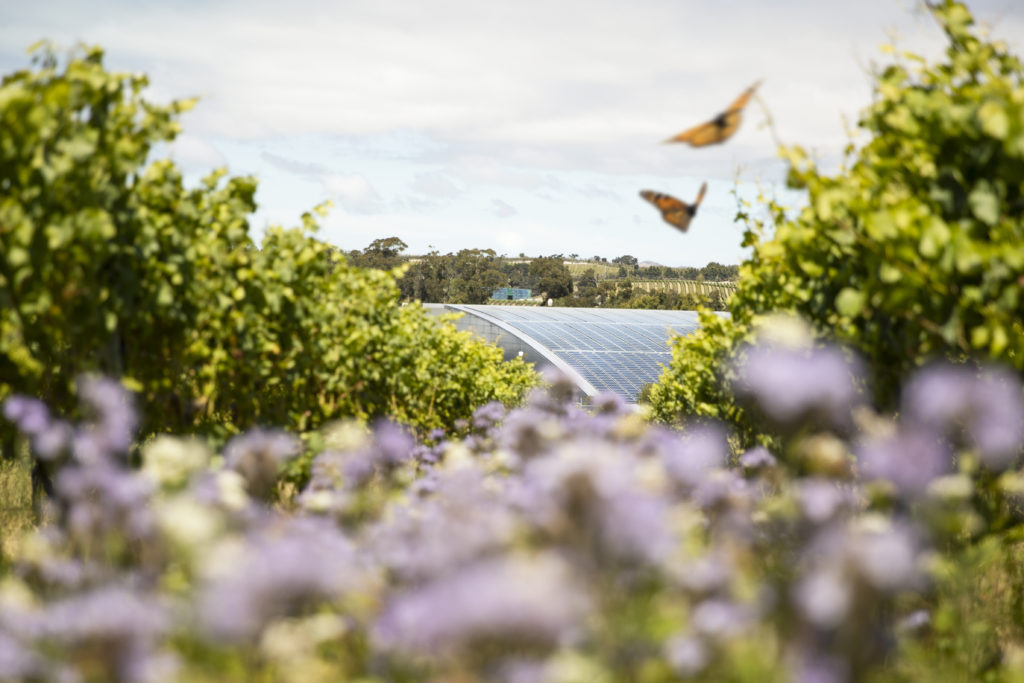
Tara Smith is Sustainability Manager for Yealands Estate. The role is a new one – she started in May 2019 – but sustainability has been part of the Yealands vision since the vineyard’s beginnings in 2008. Recently the Yealands team have added predator trapping to their long list of eco-friendly initiatives. Each day Tara and … Continue reading Yealands Estate adds trapping to their eco-friendly initiatives
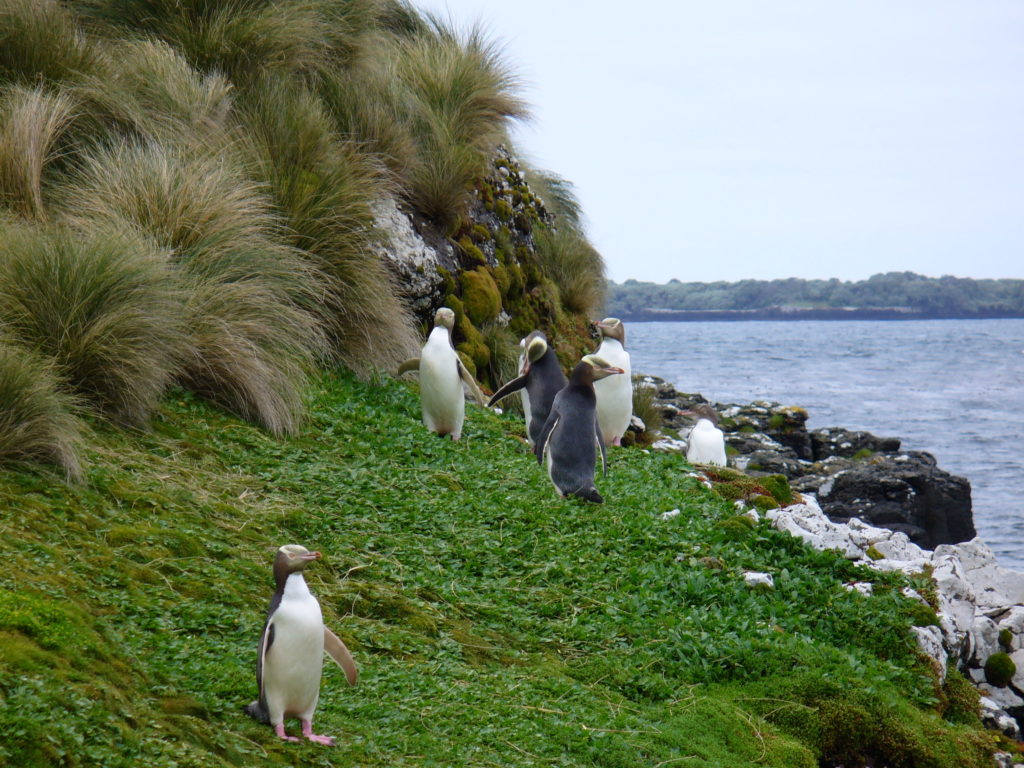
Yellow-eyed penguins (YEPs) are endemic and endangered and the Otago population is declining with poor breeding seasons and high adult mortality. But YEPs live in the sub-Antarctic too. Somewhere between 37% and 49% of the total YEP breeding population are thought to breed in the Auckland Islands for example – especially on Enderby Island. So … Continue reading Checking up on the other yellow-eyed penguins

